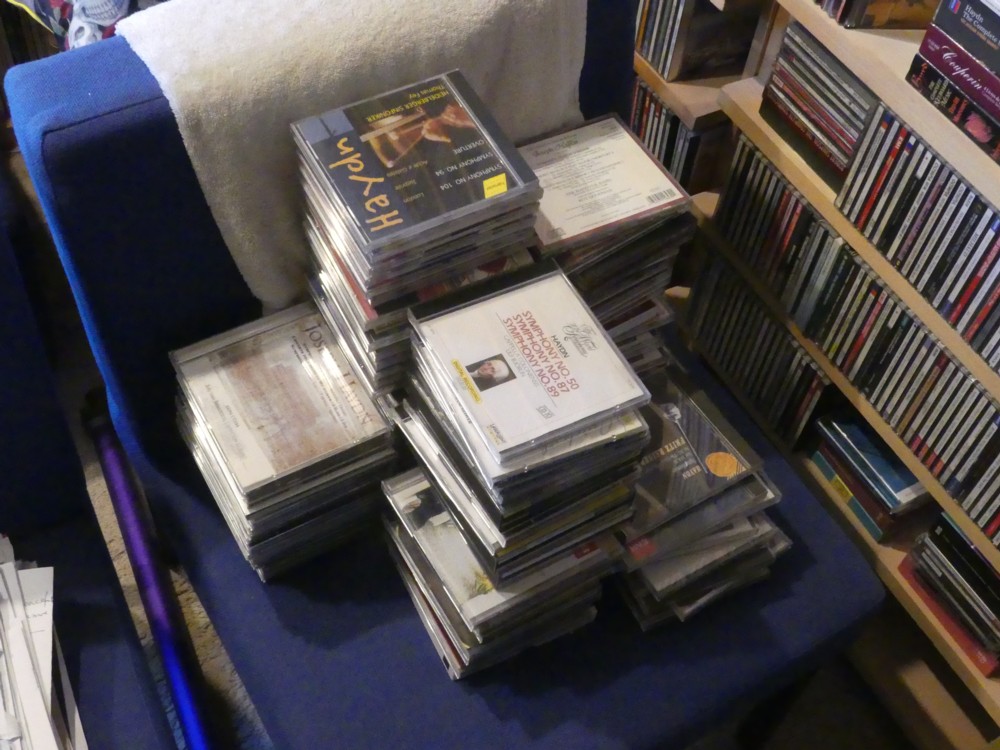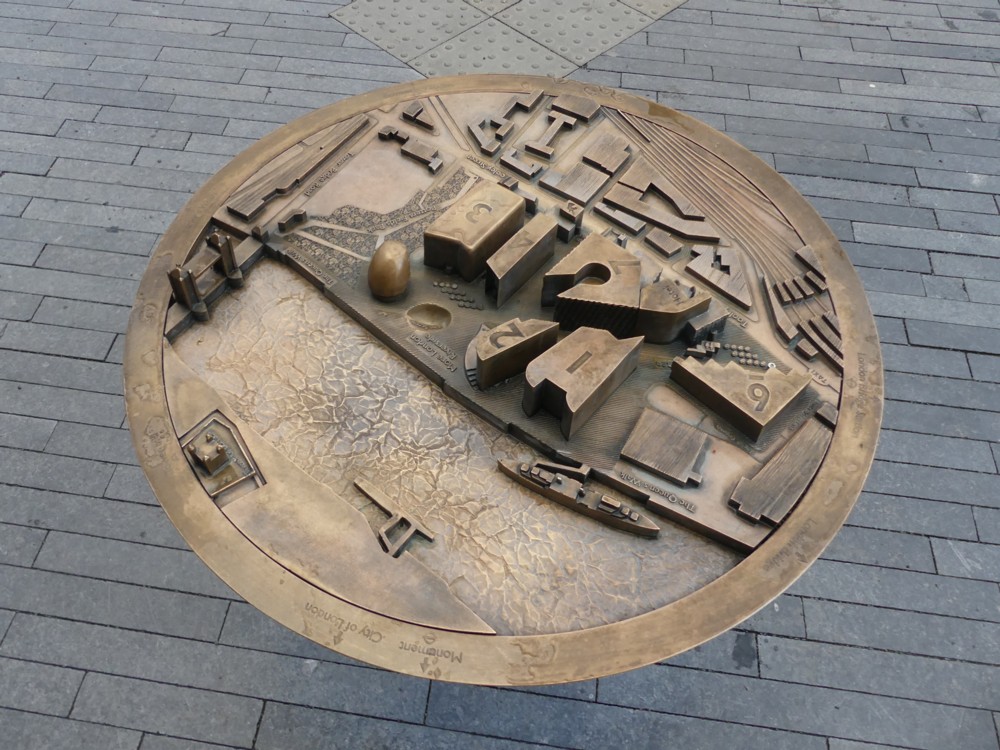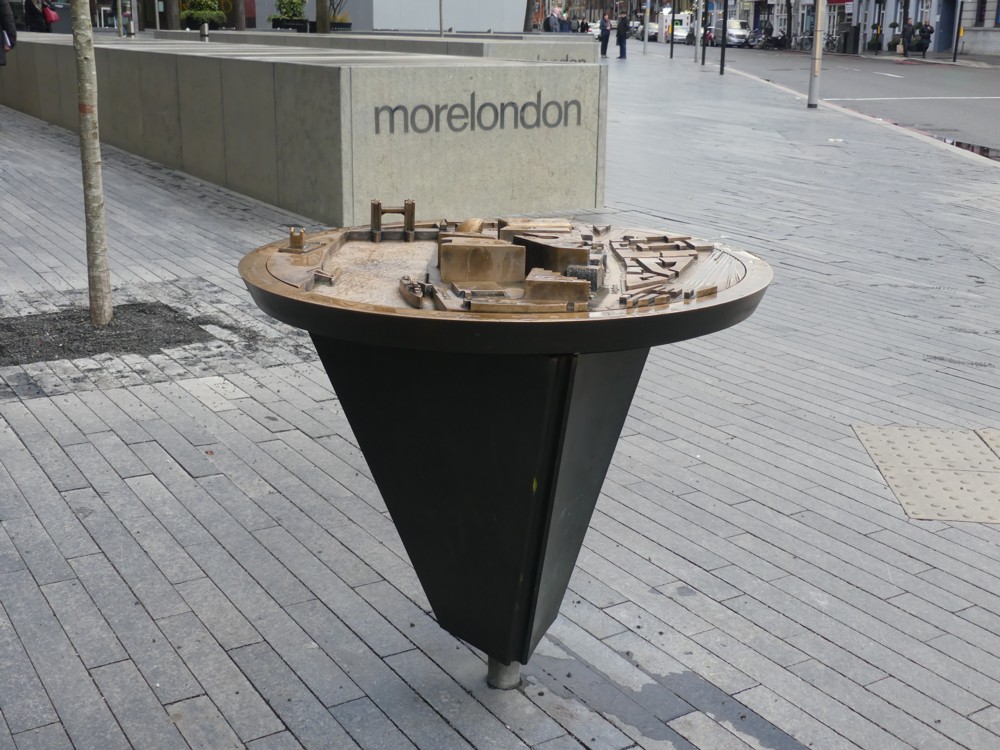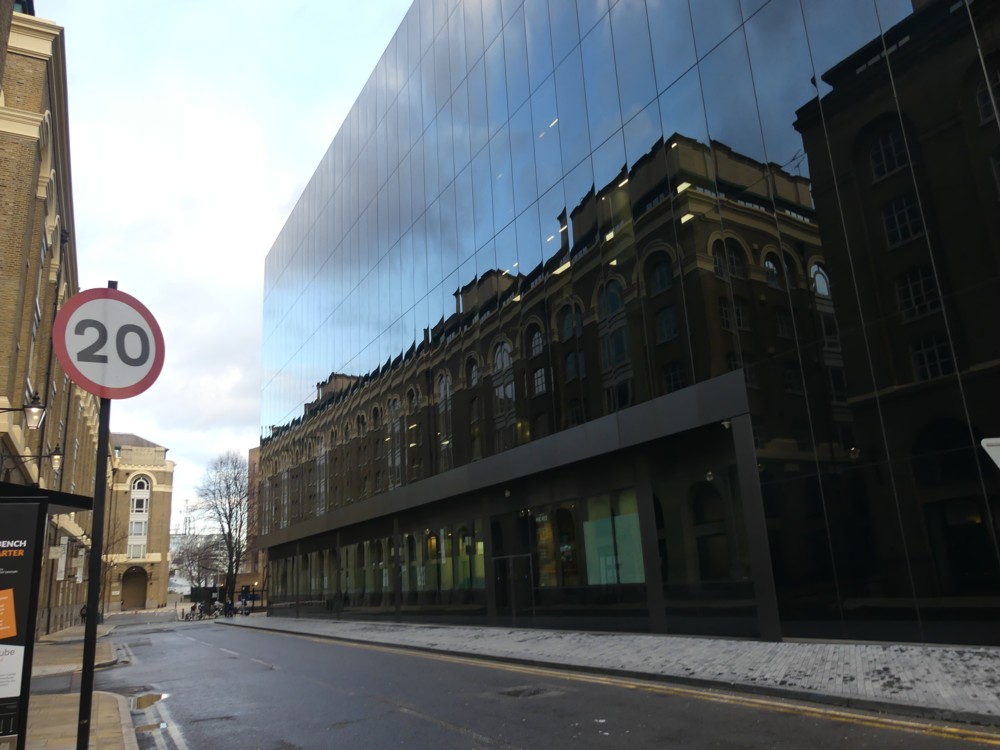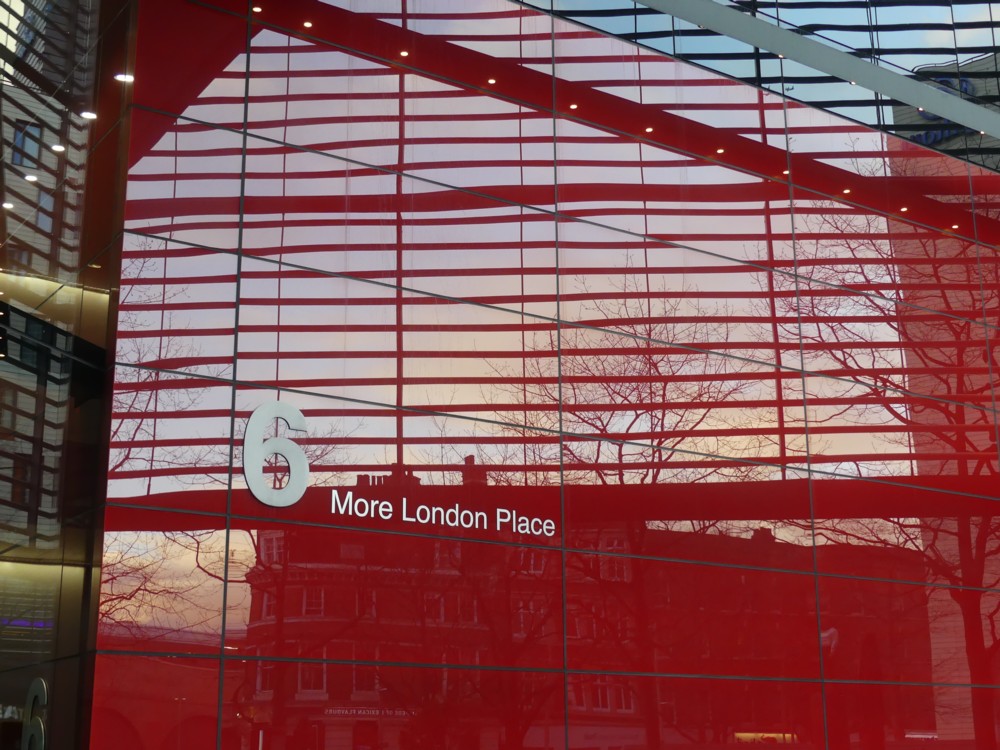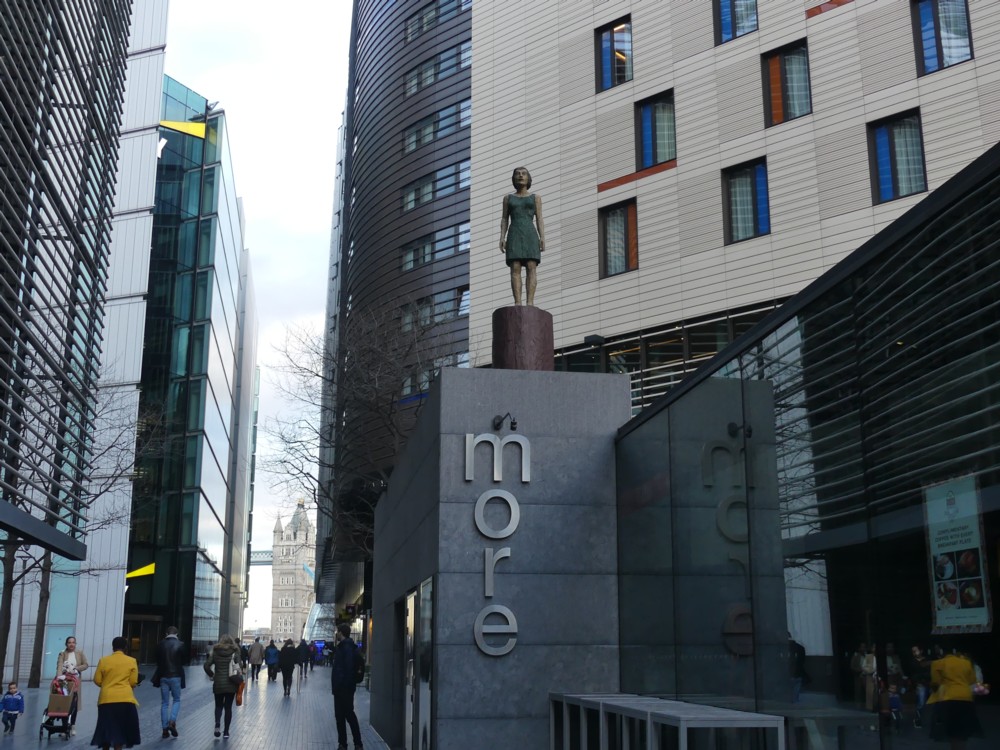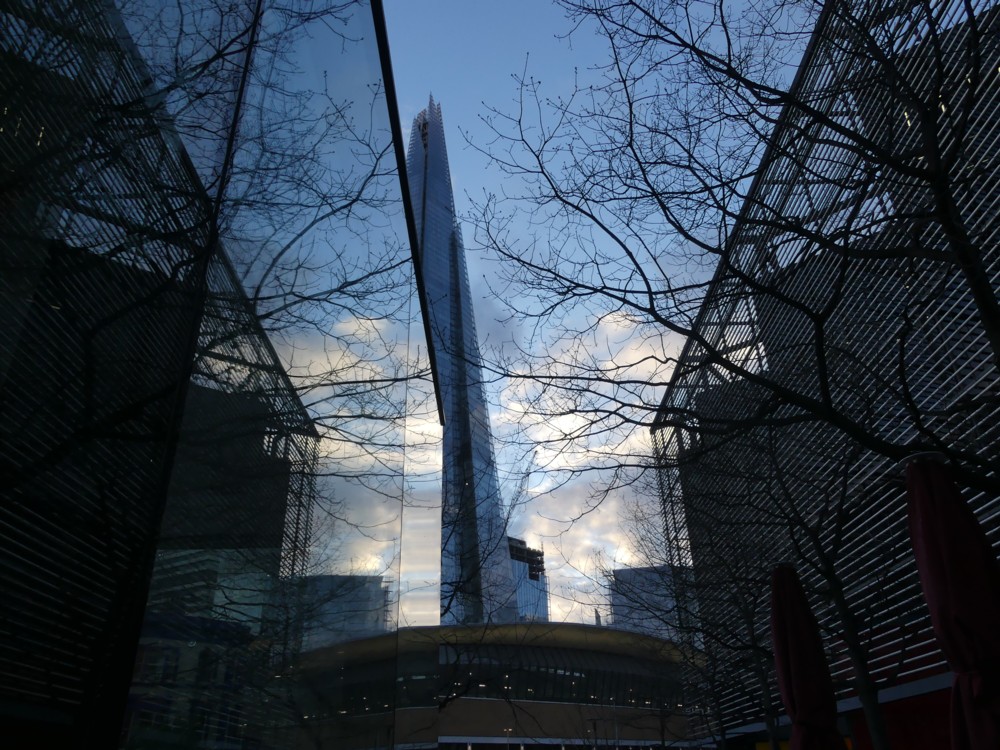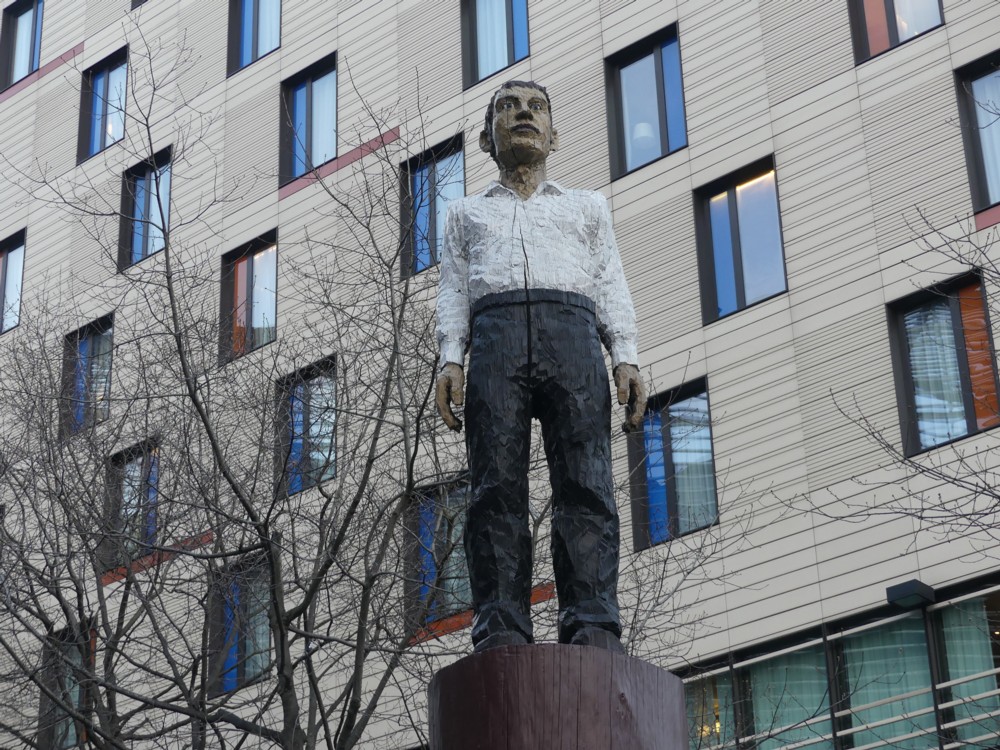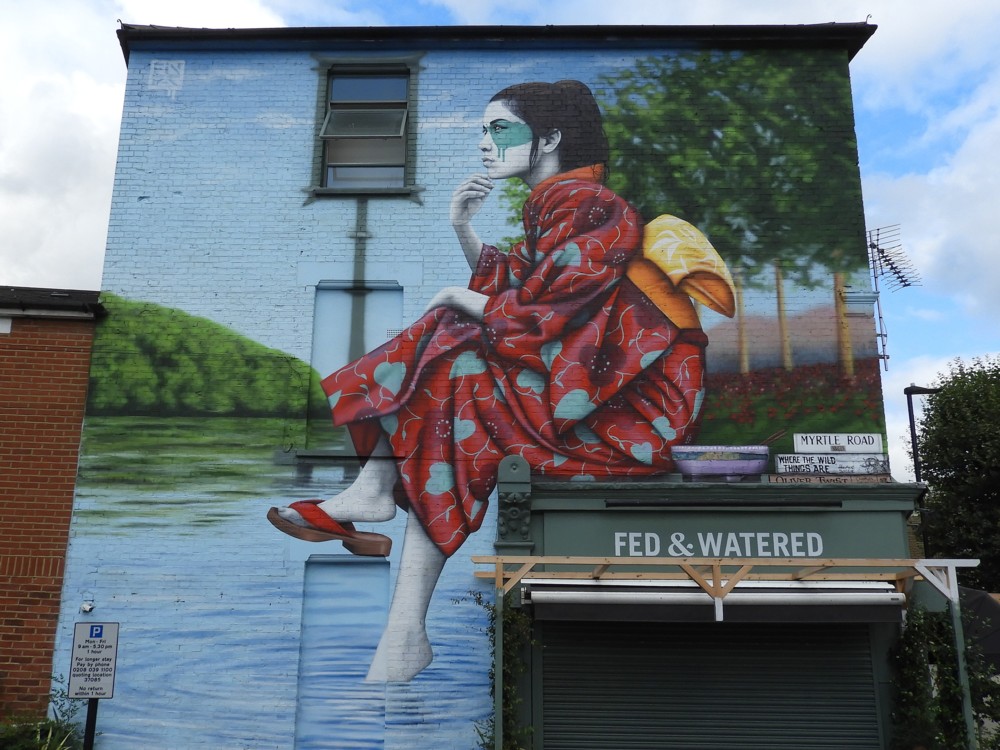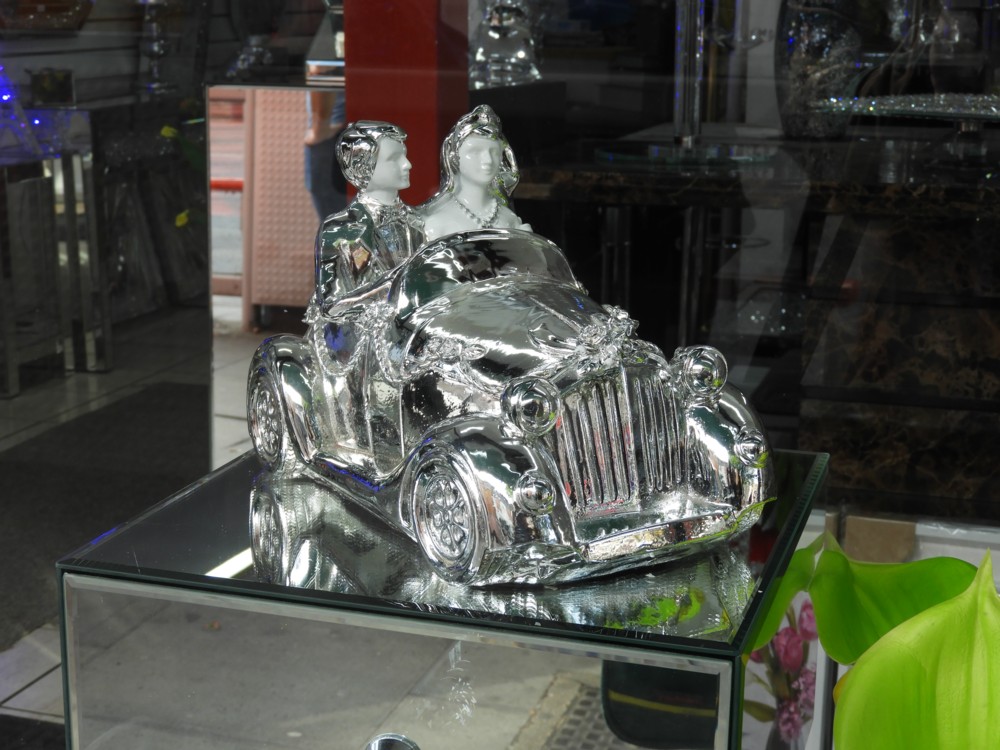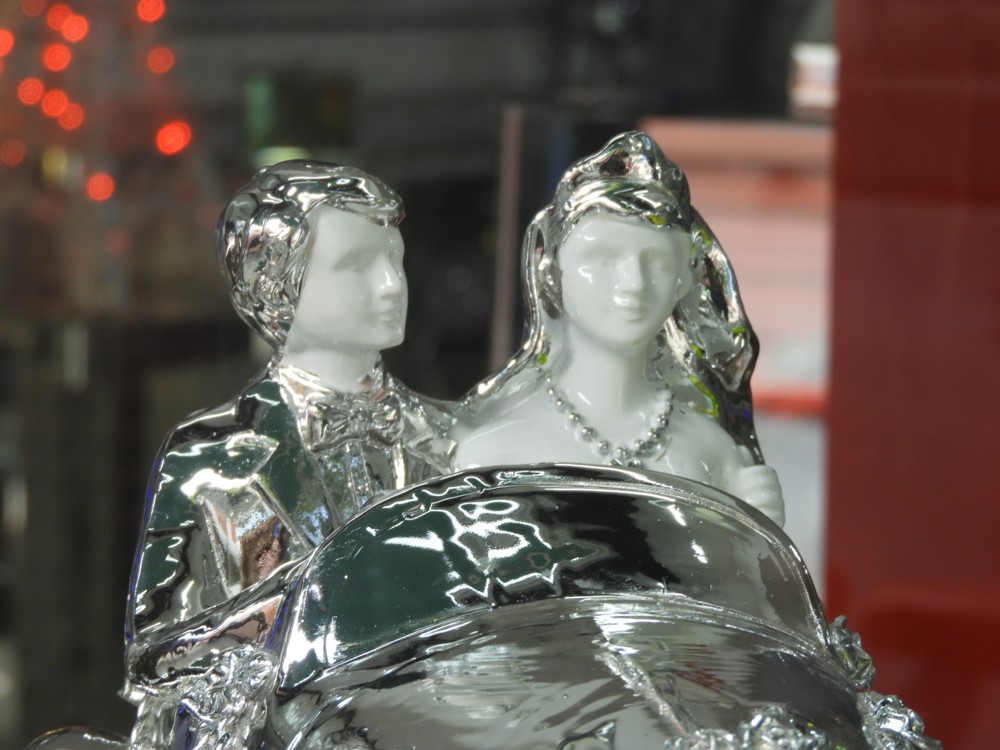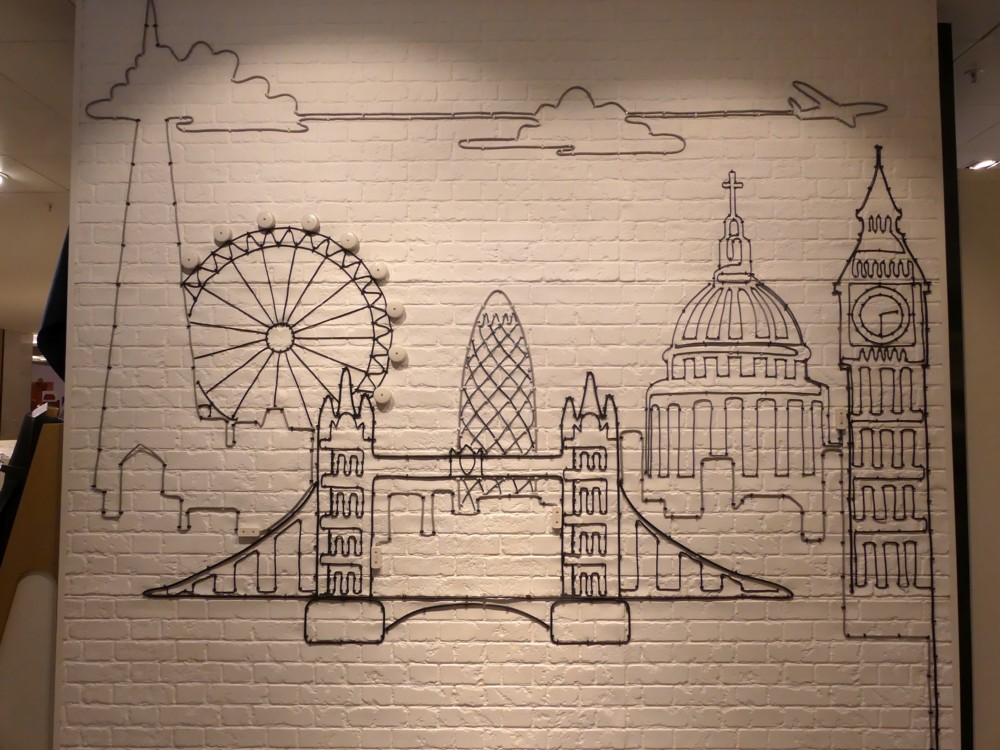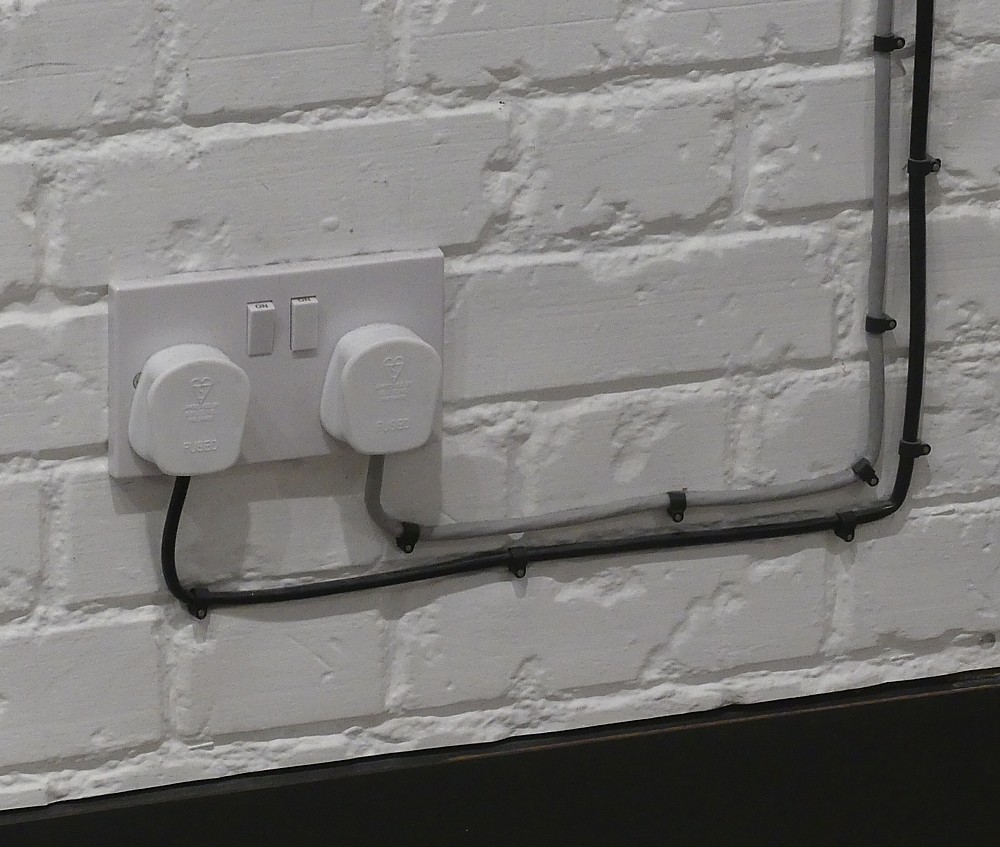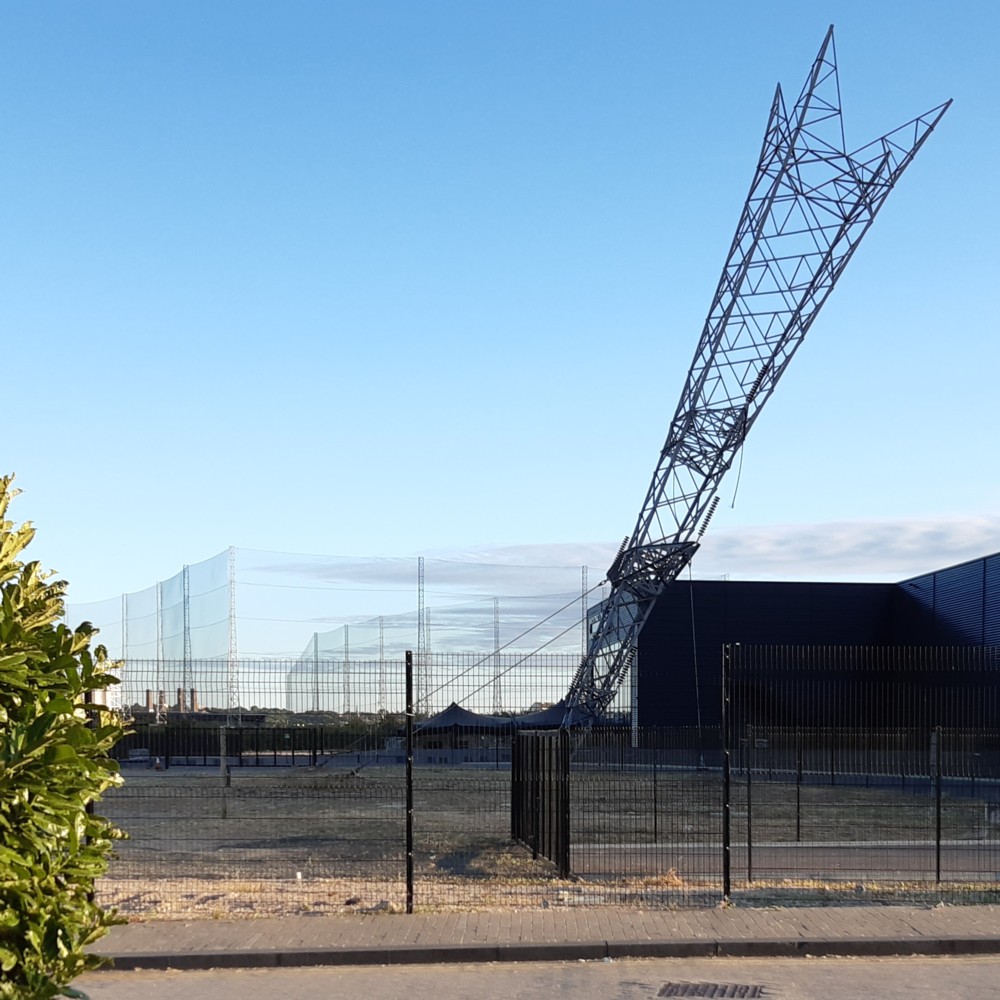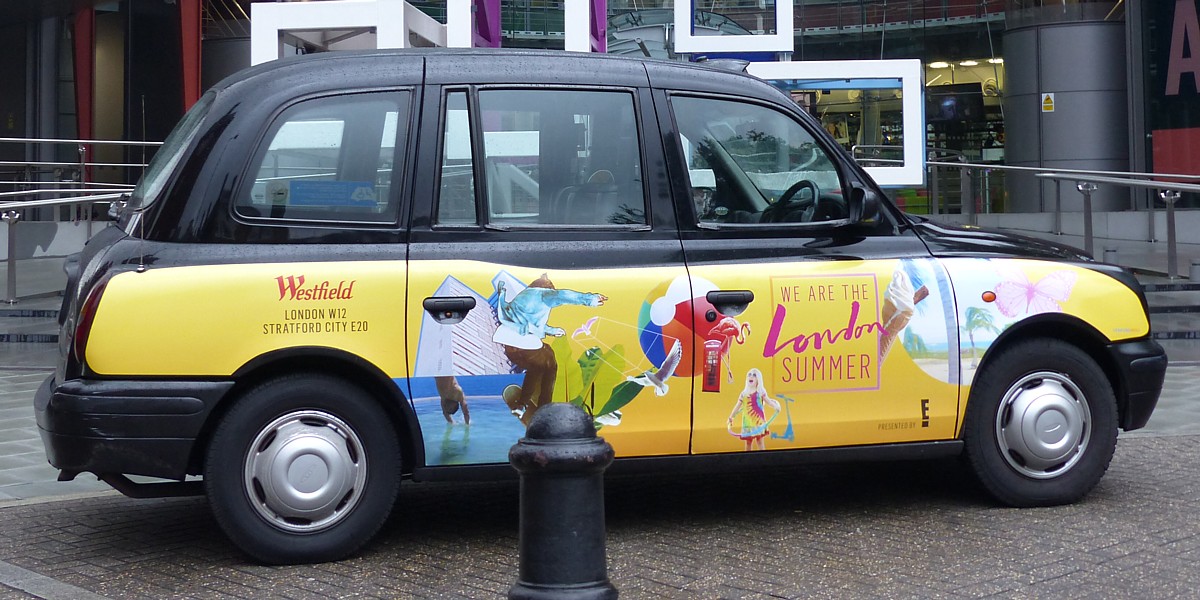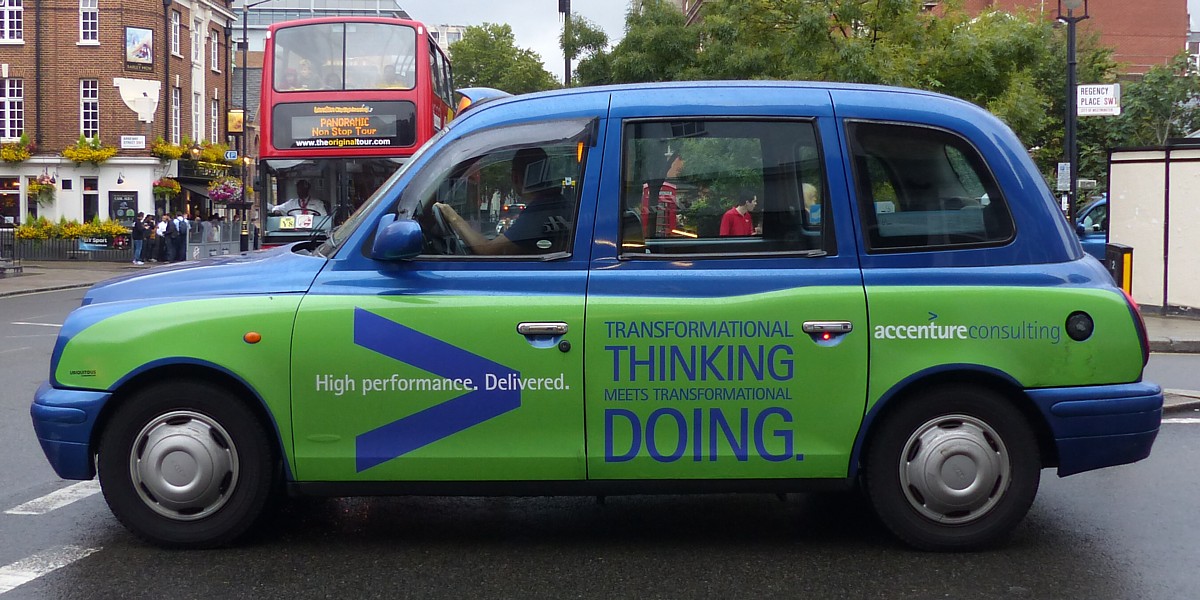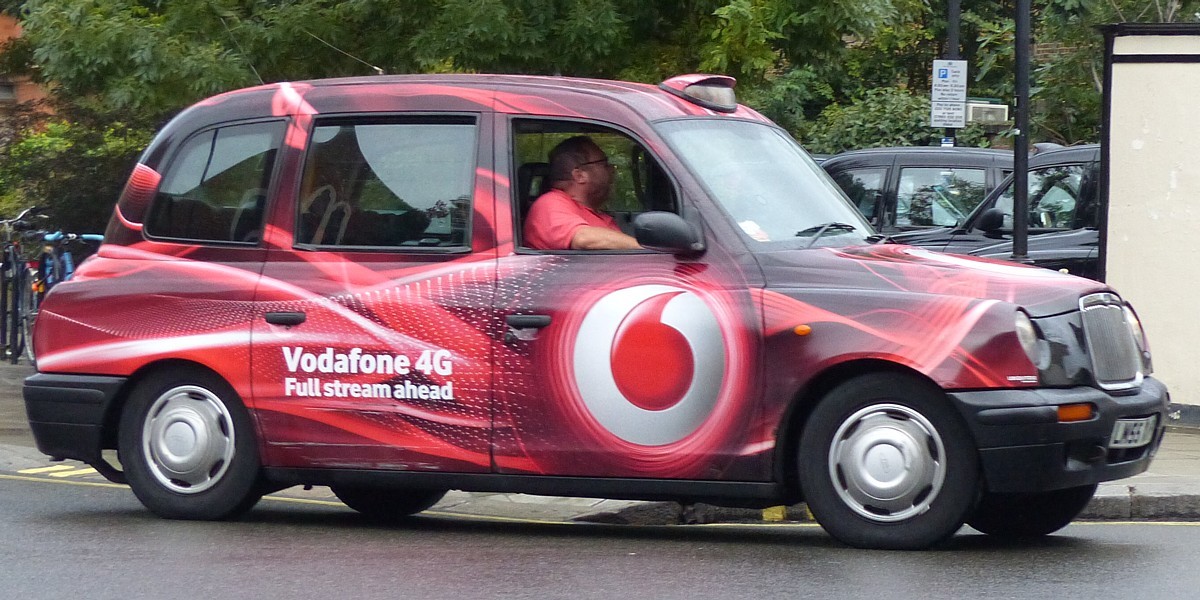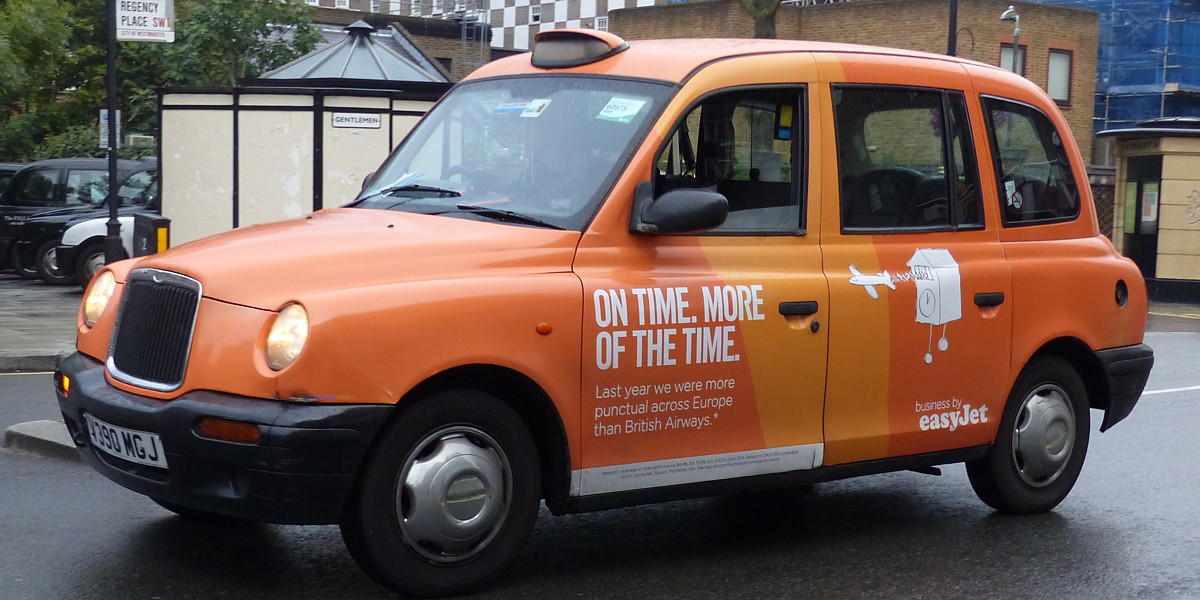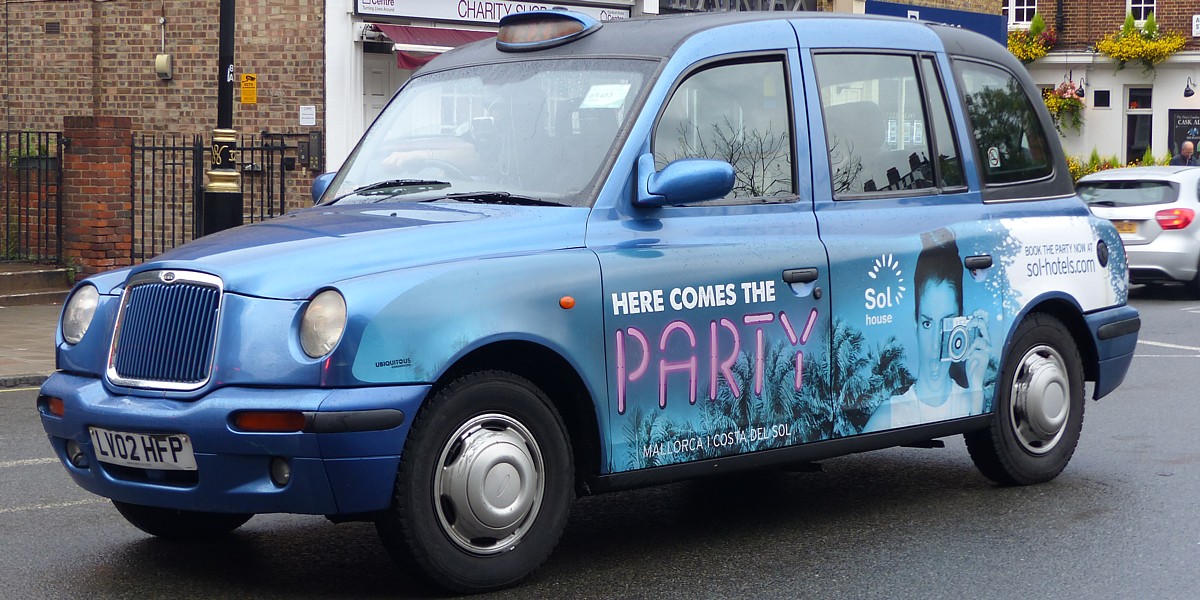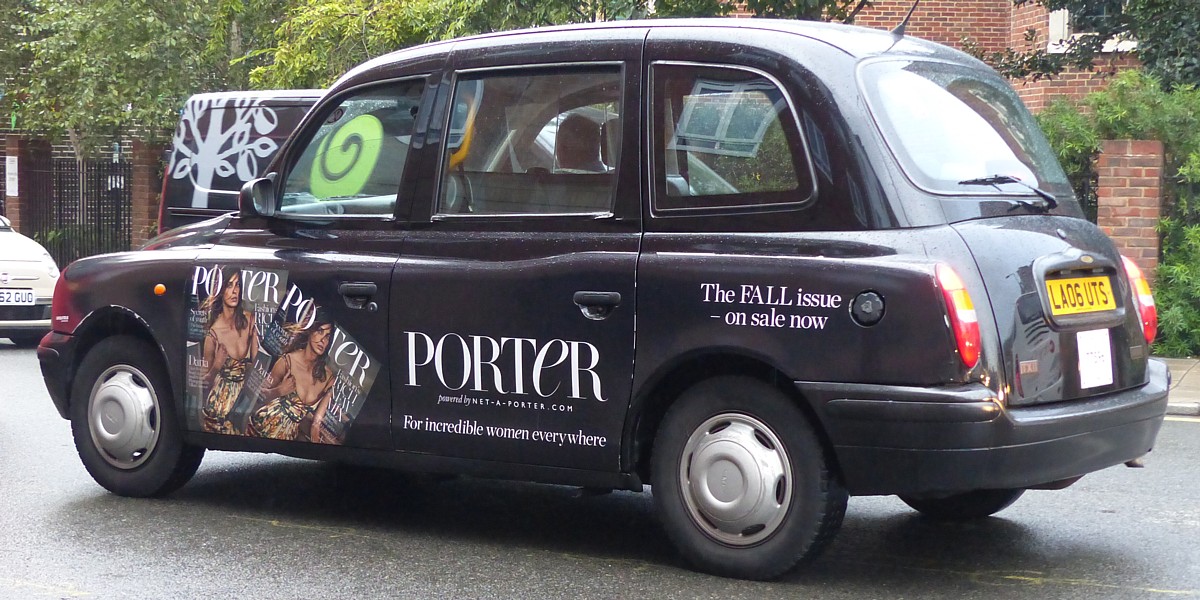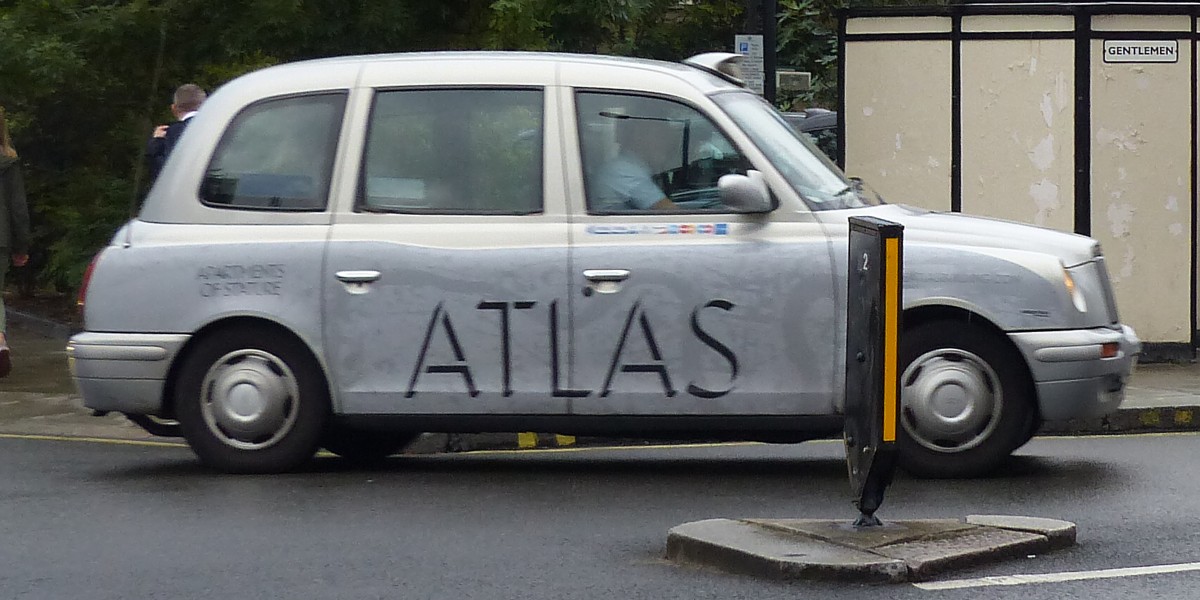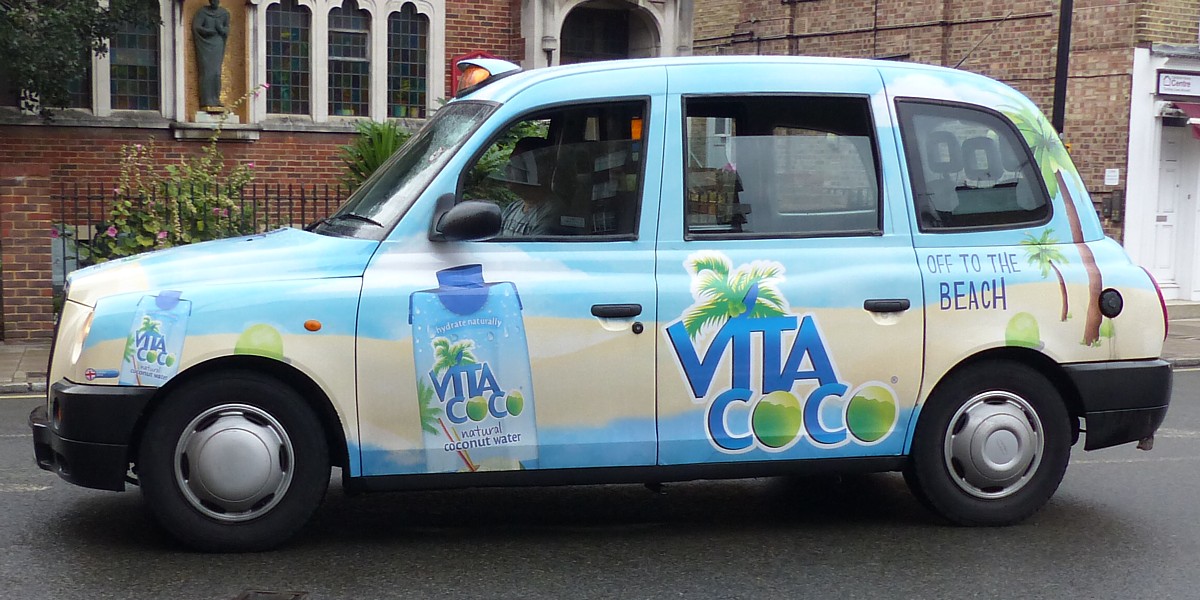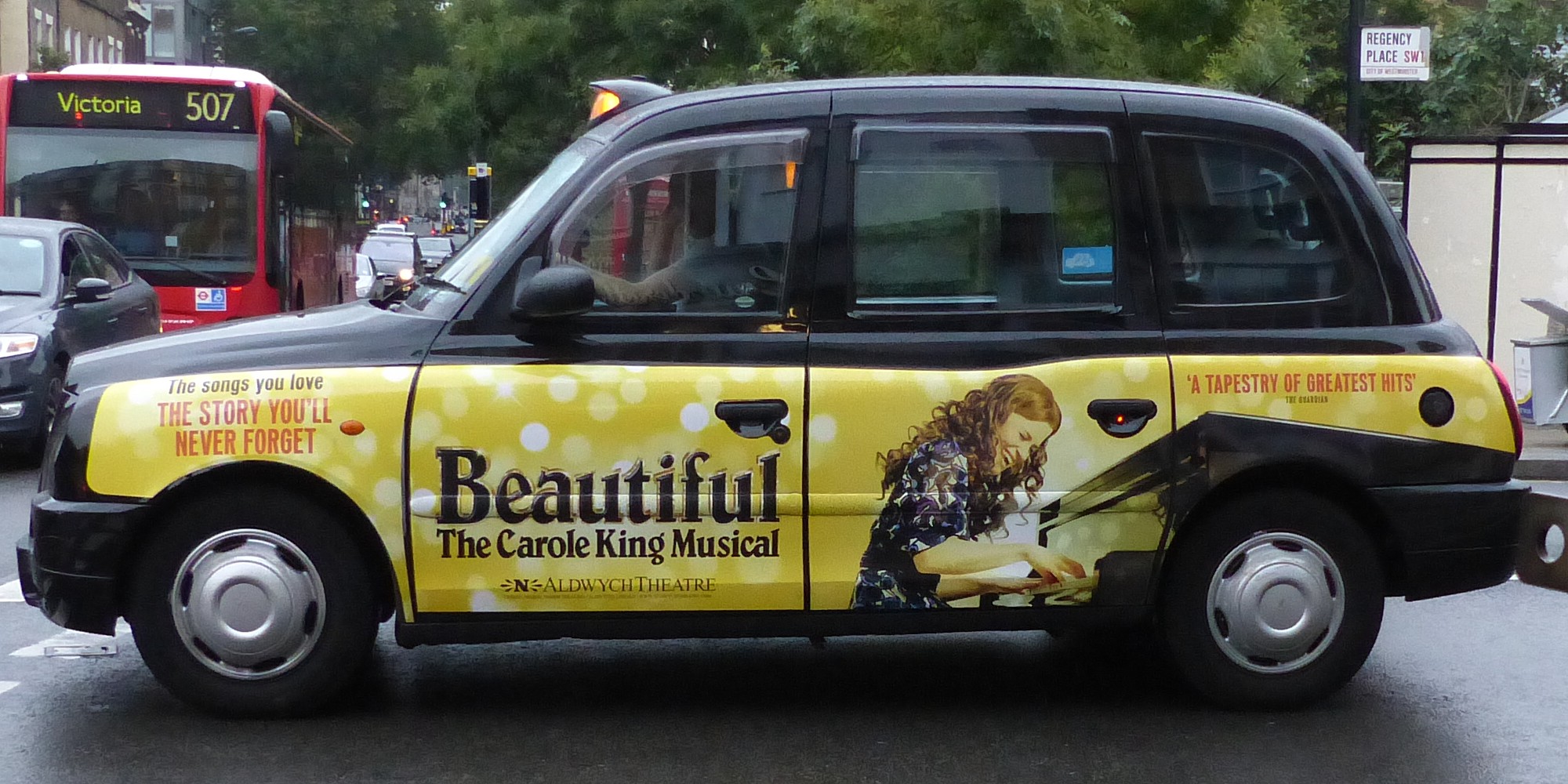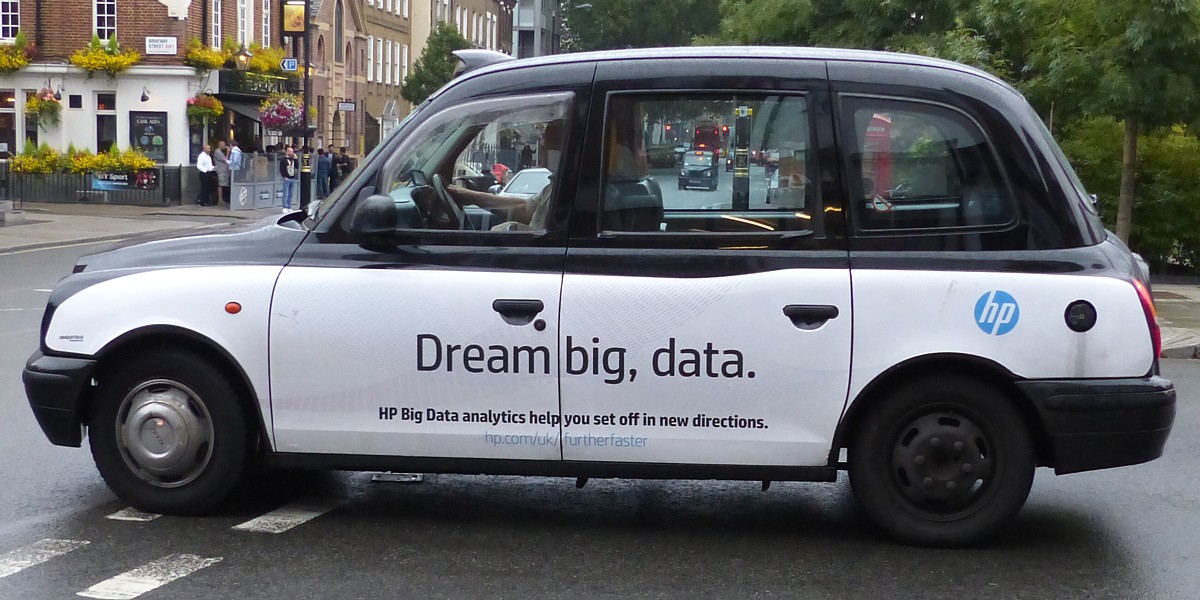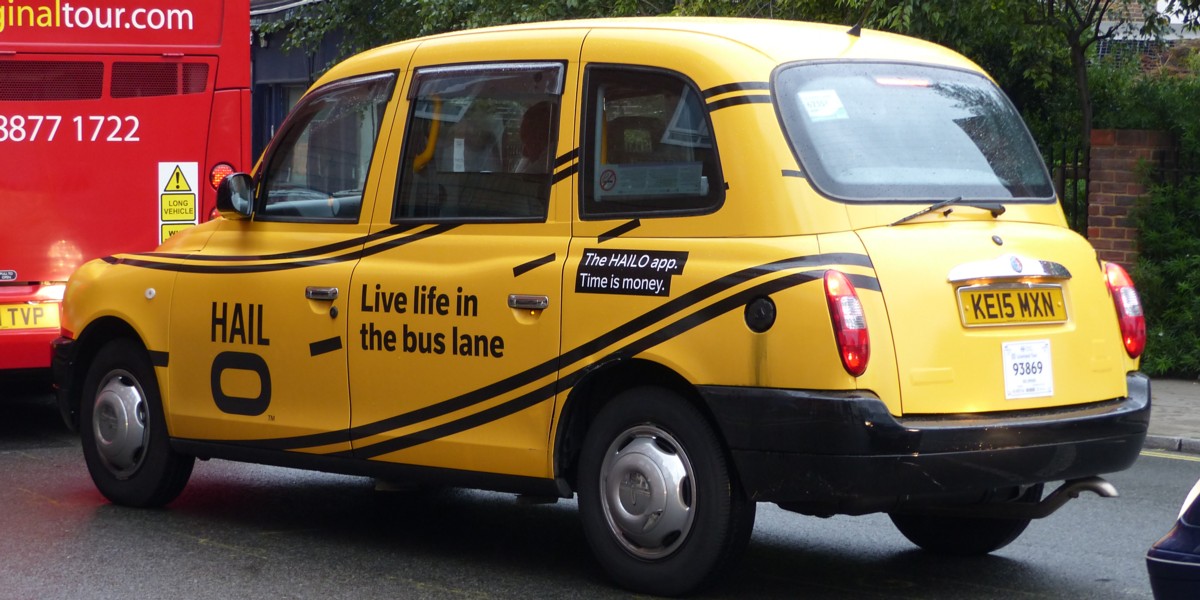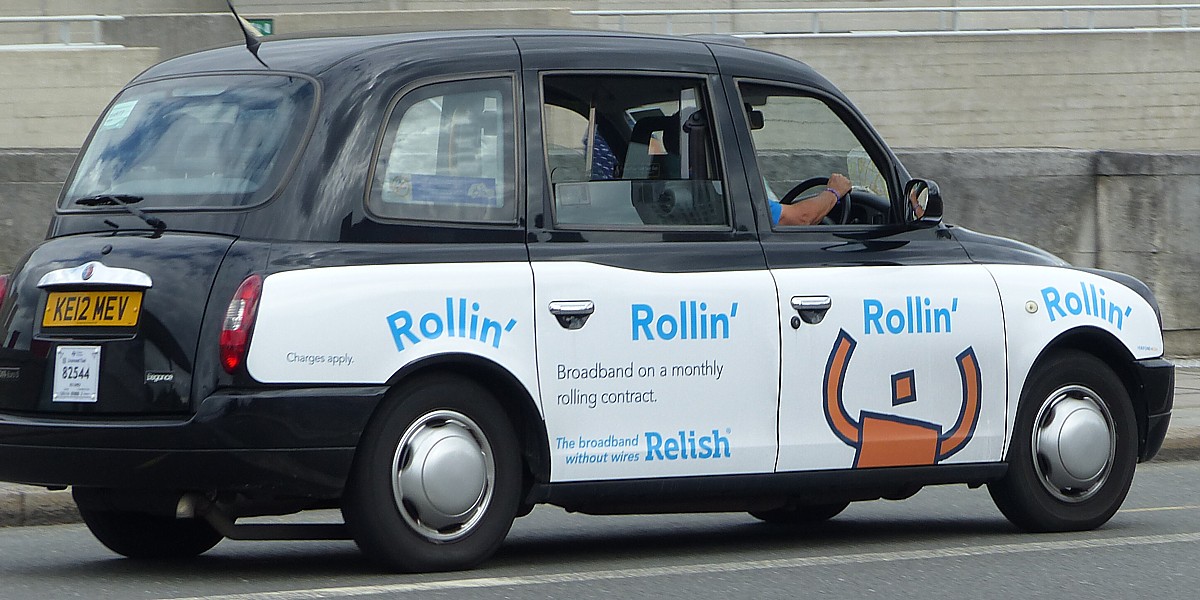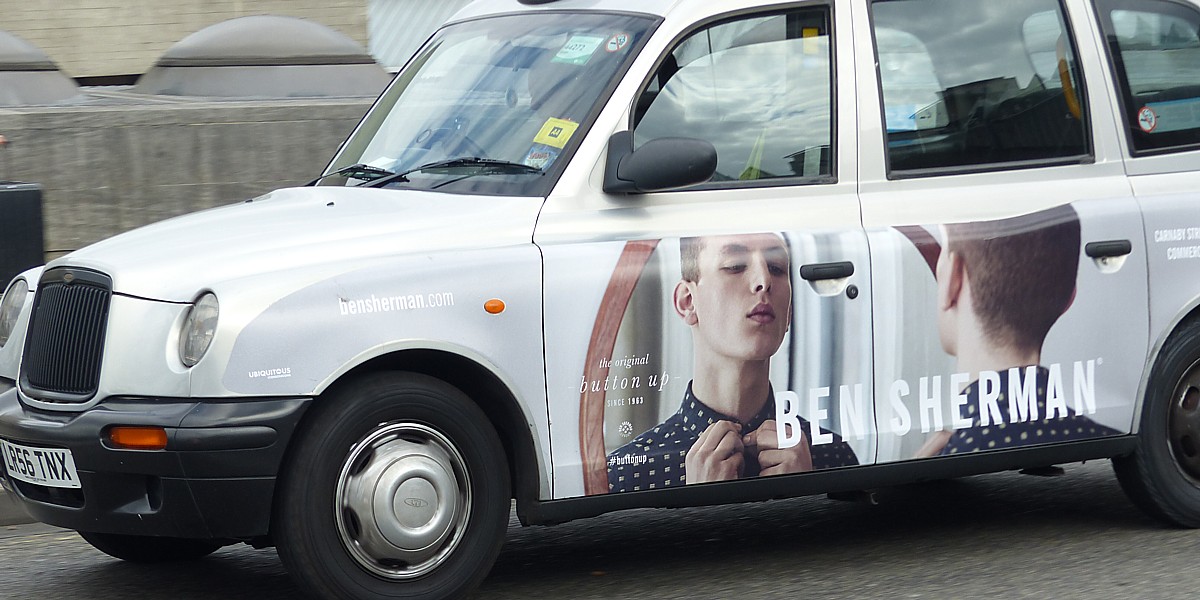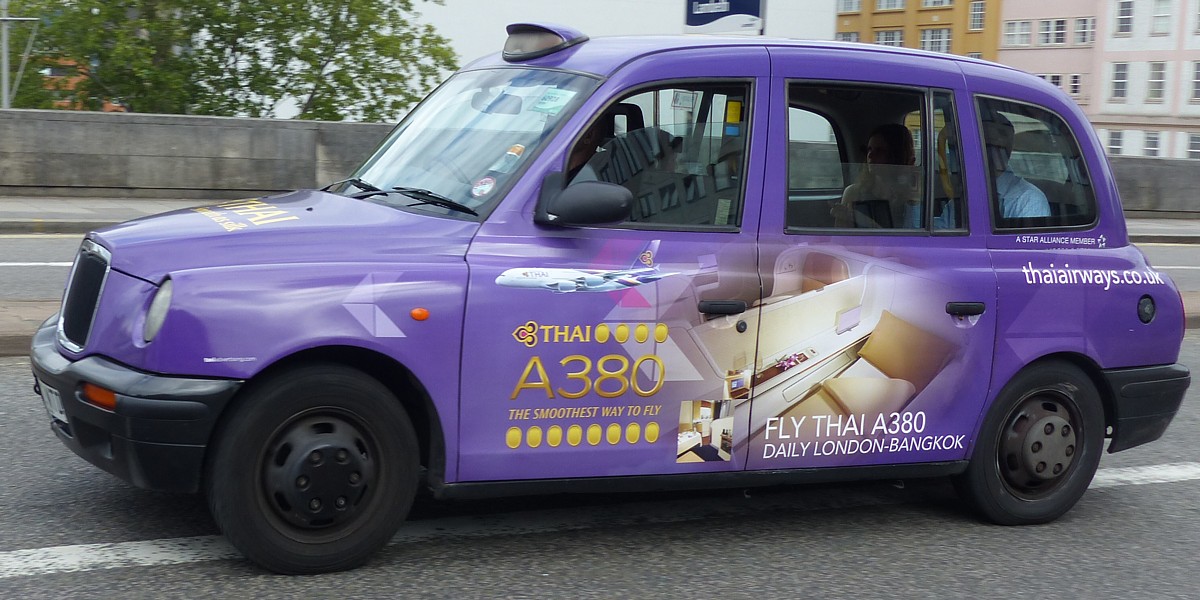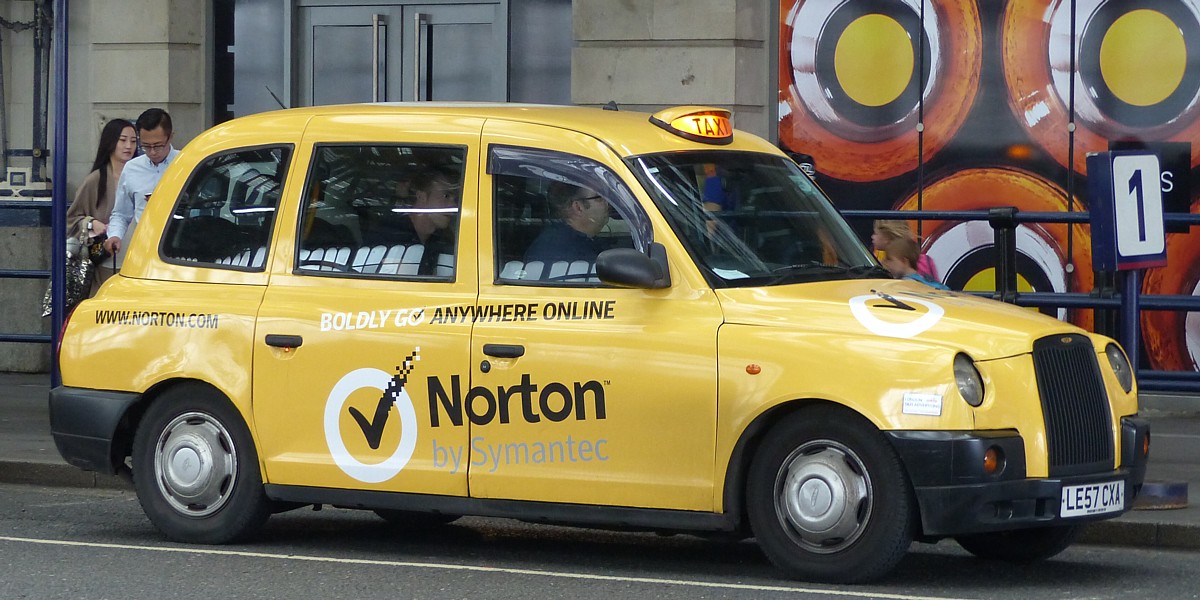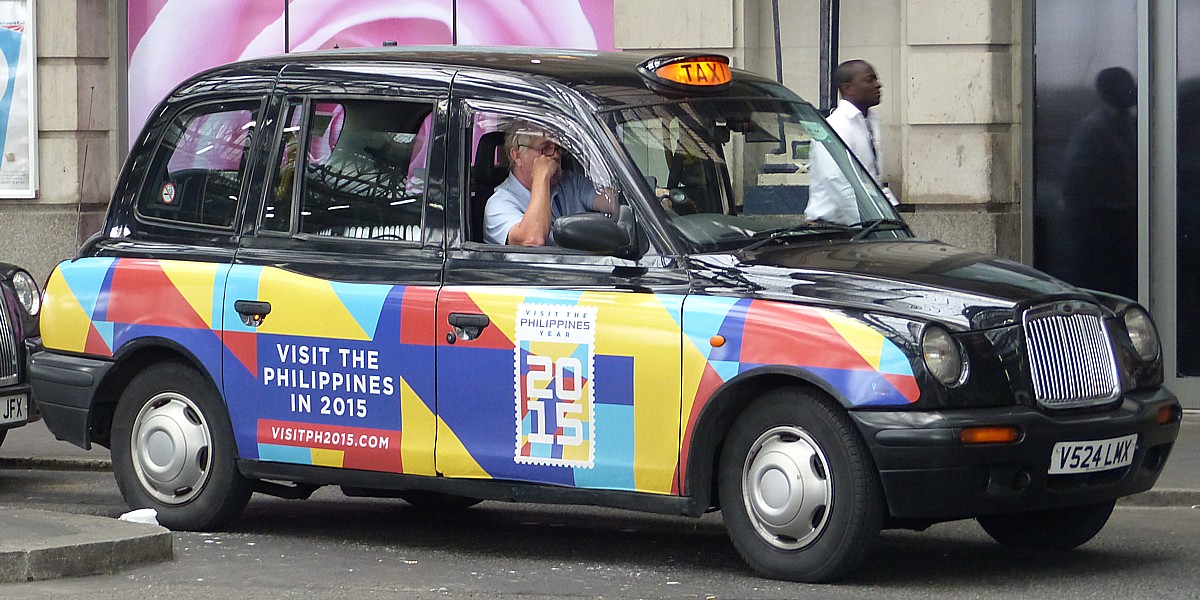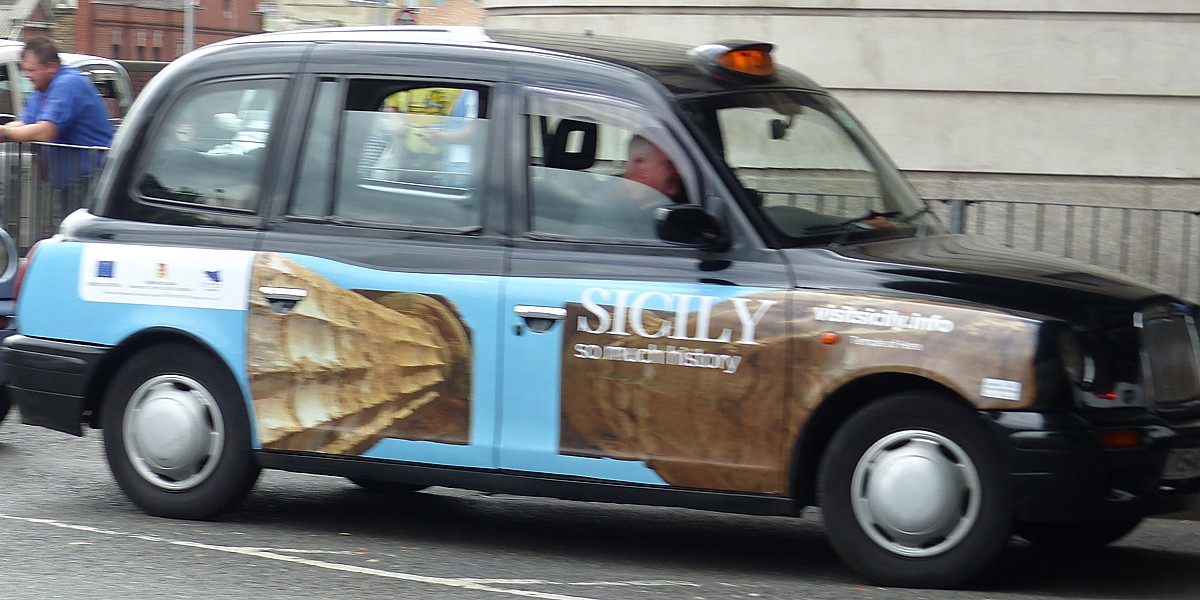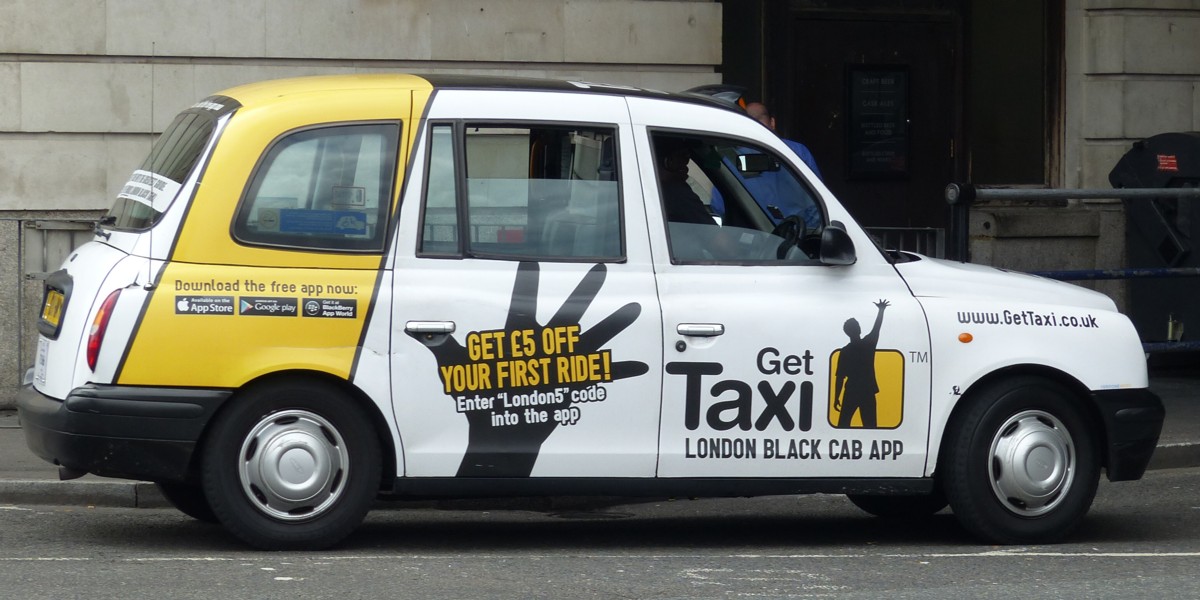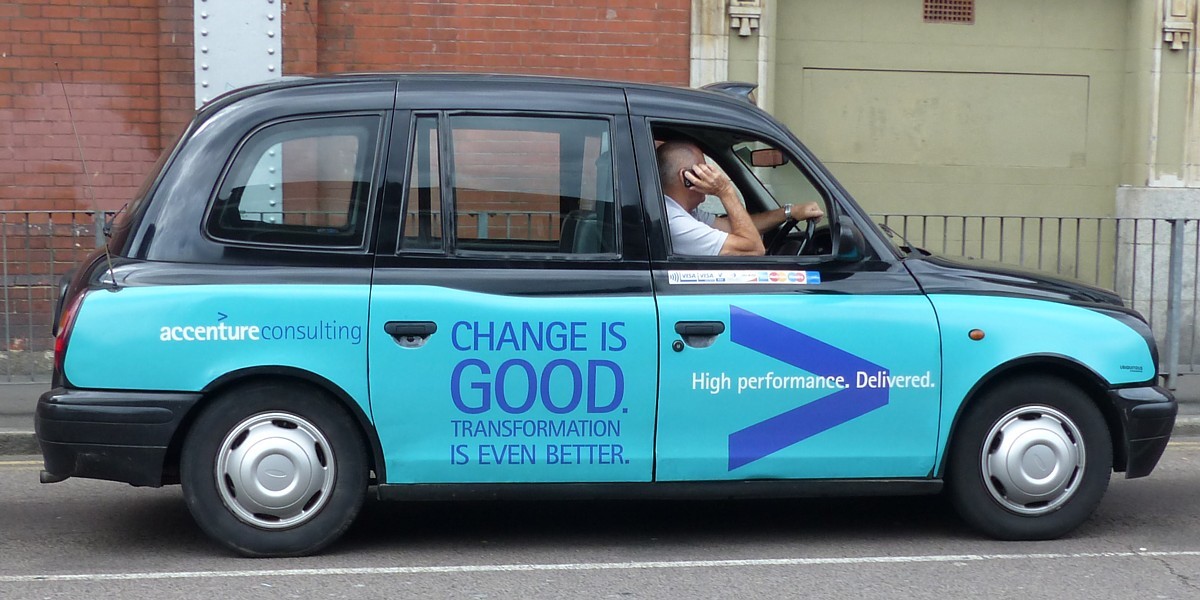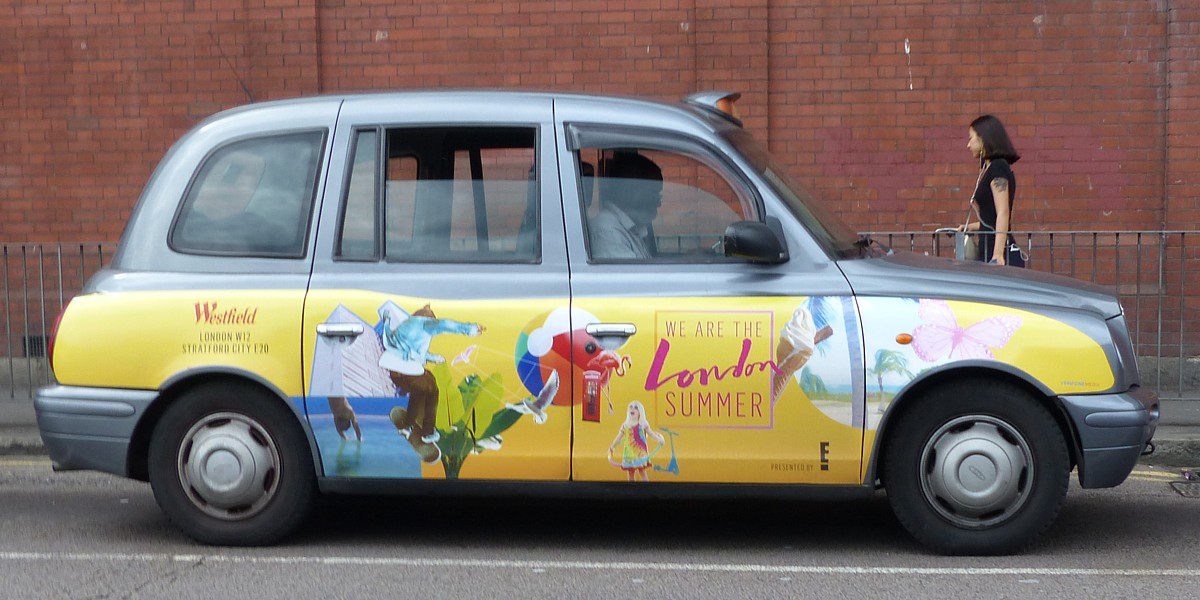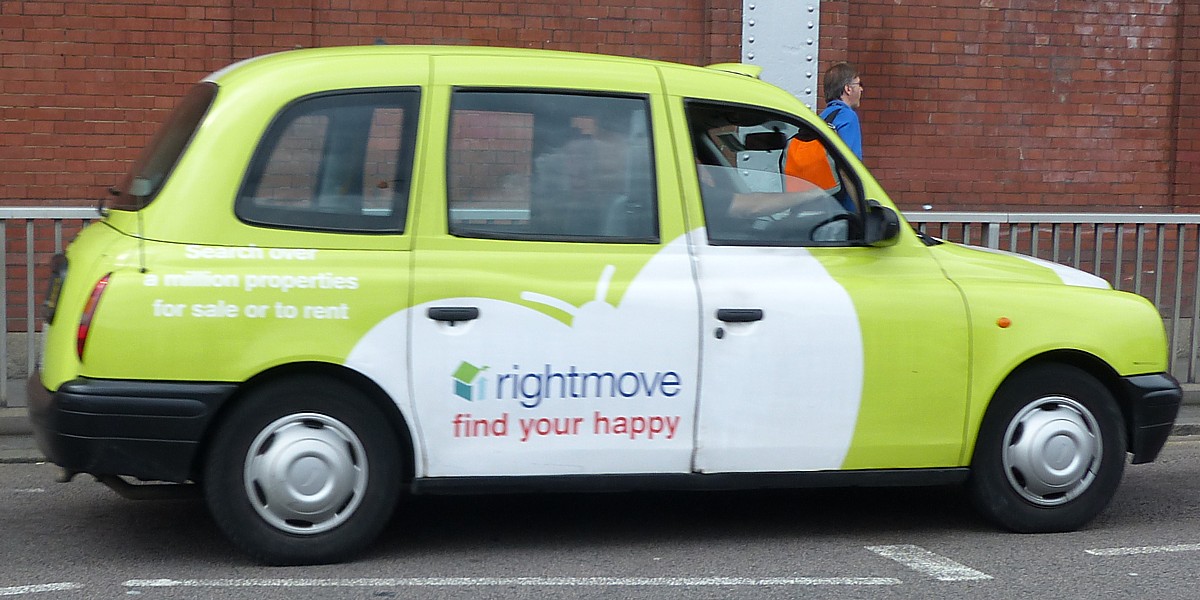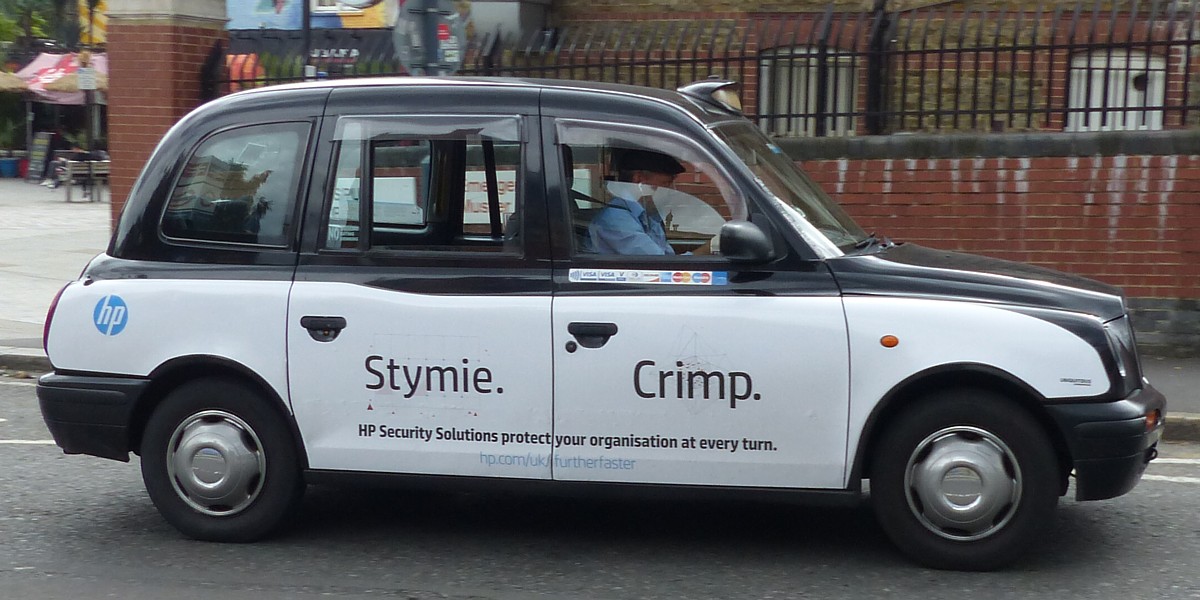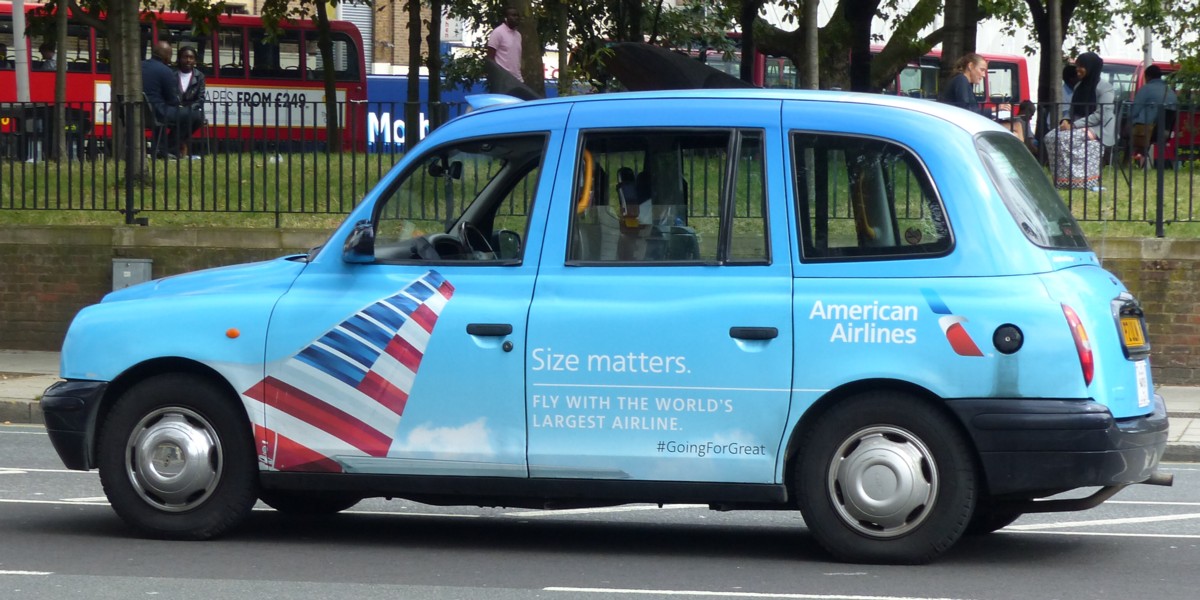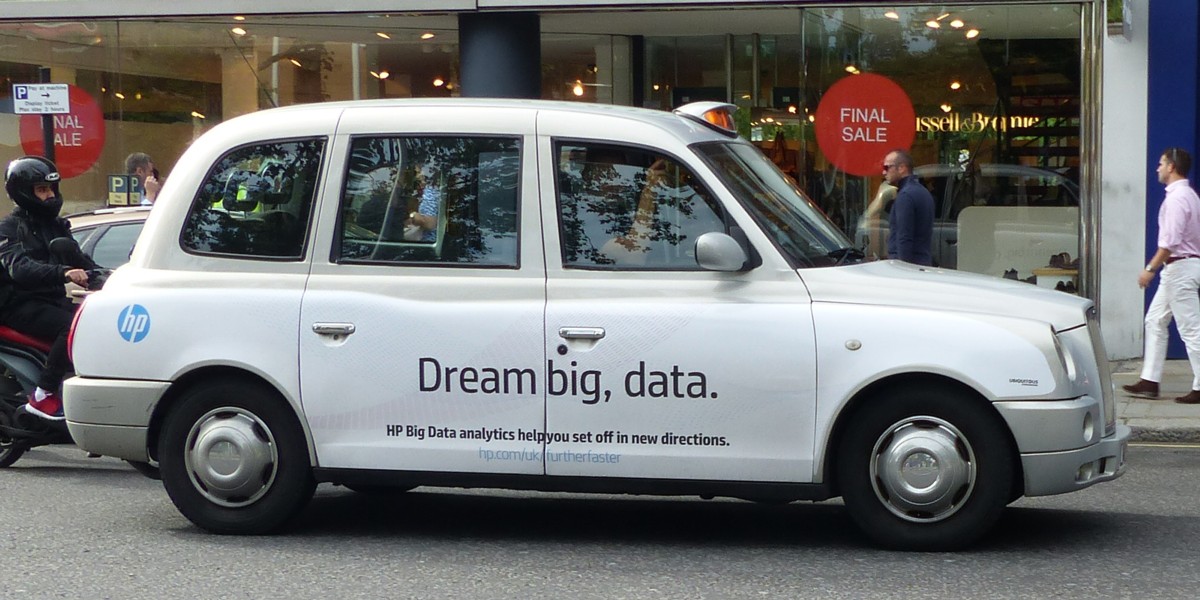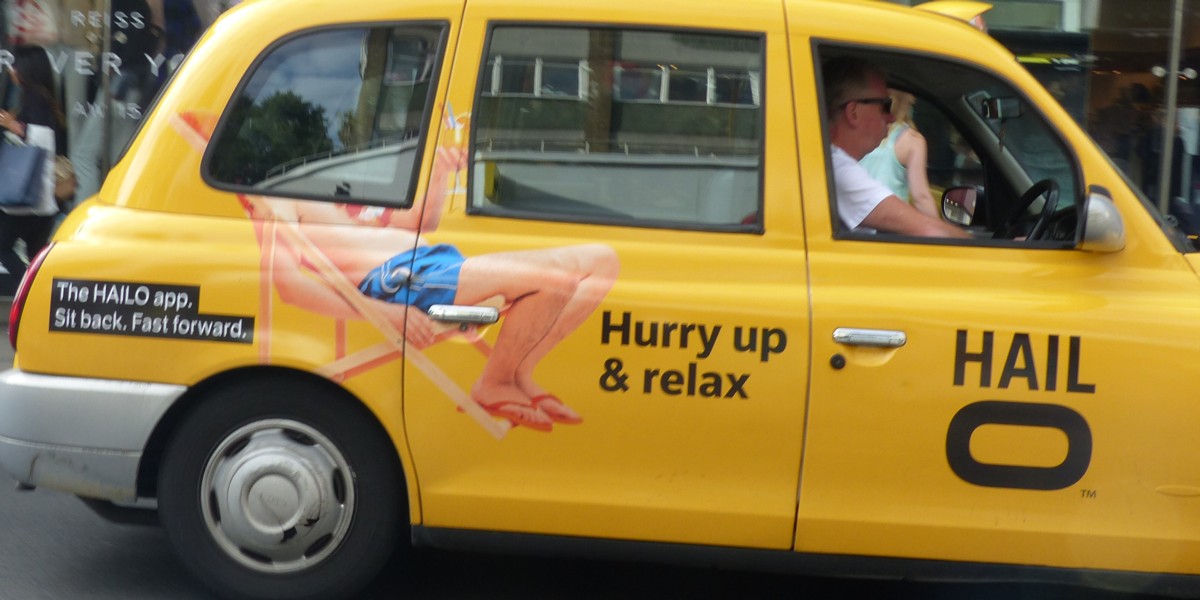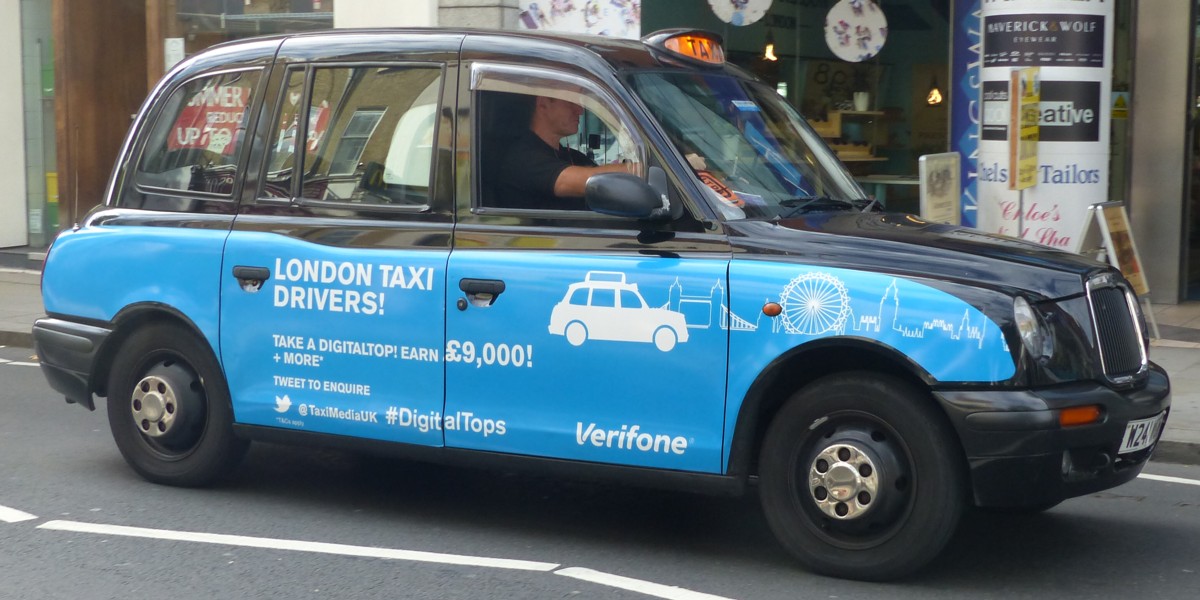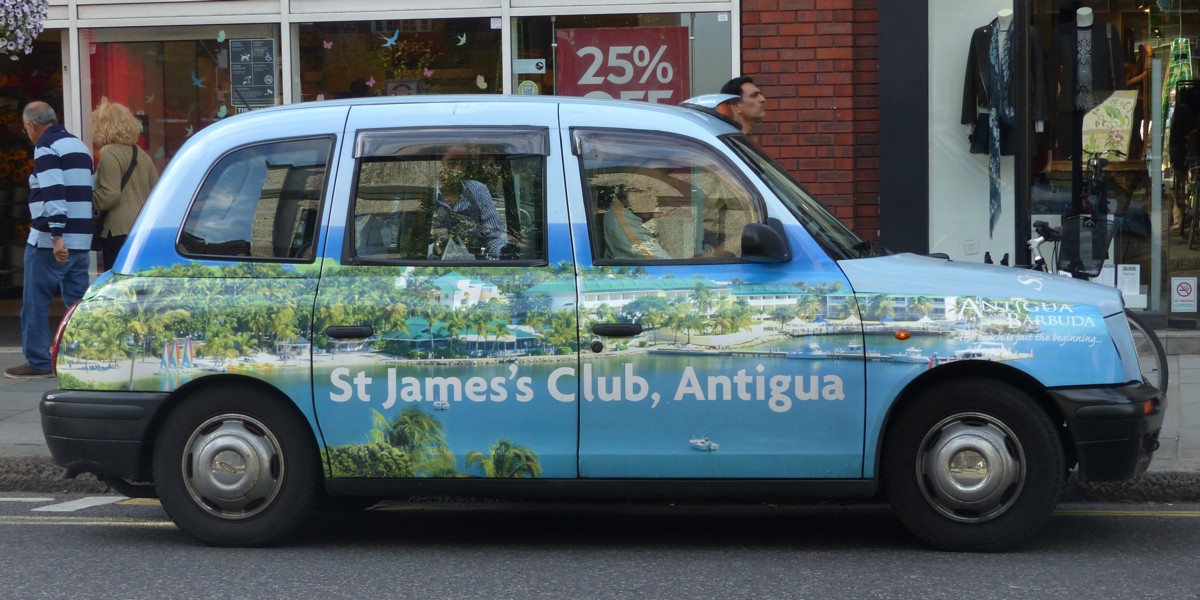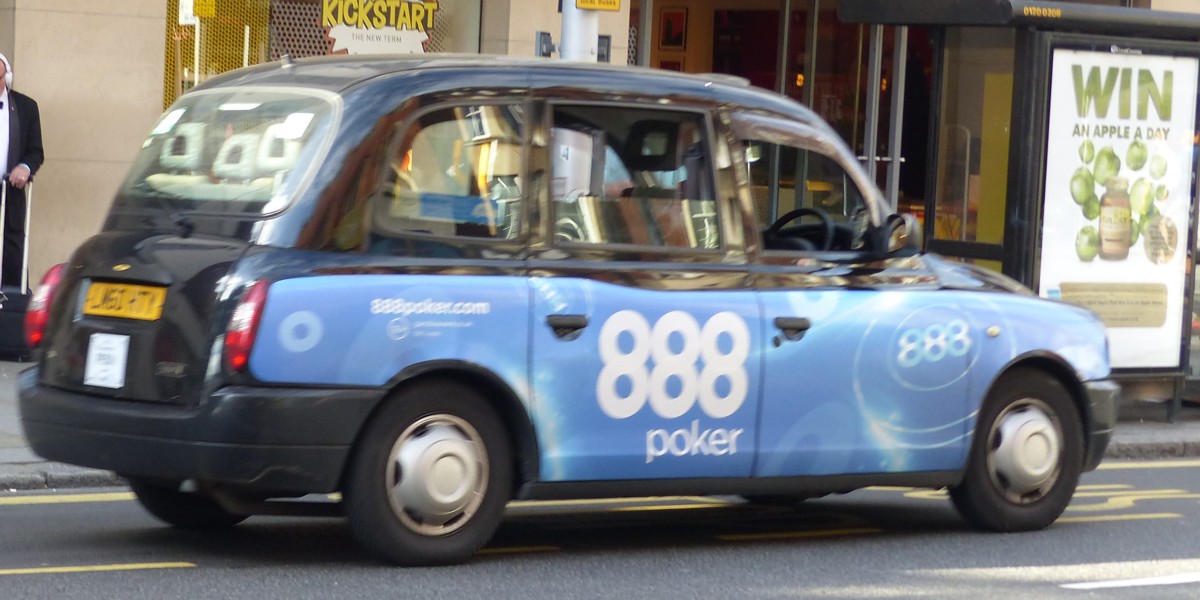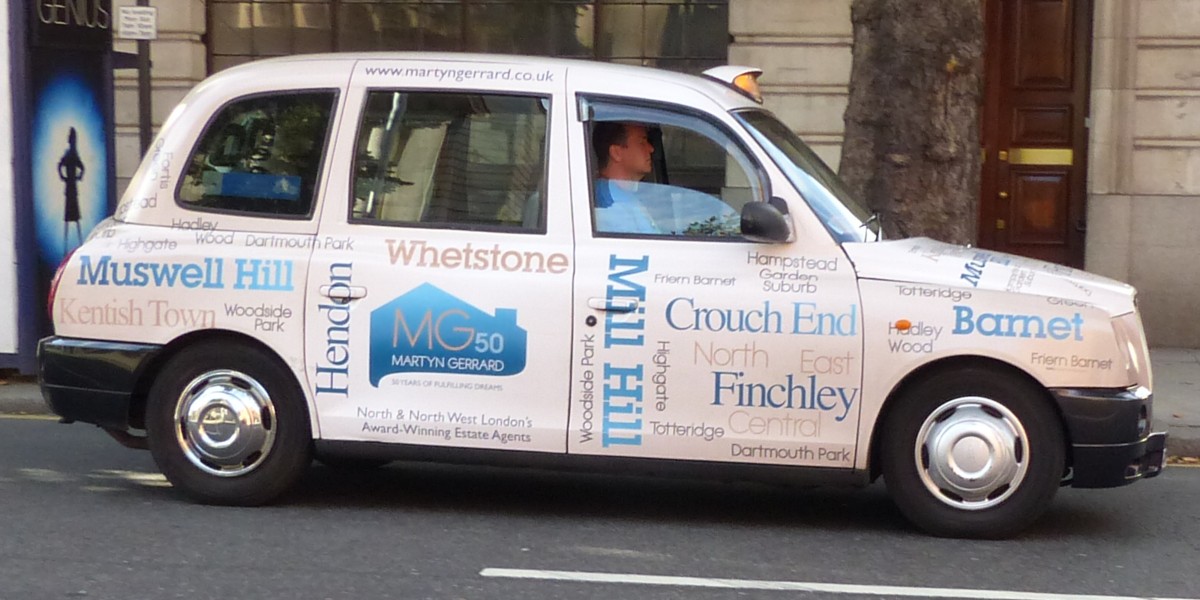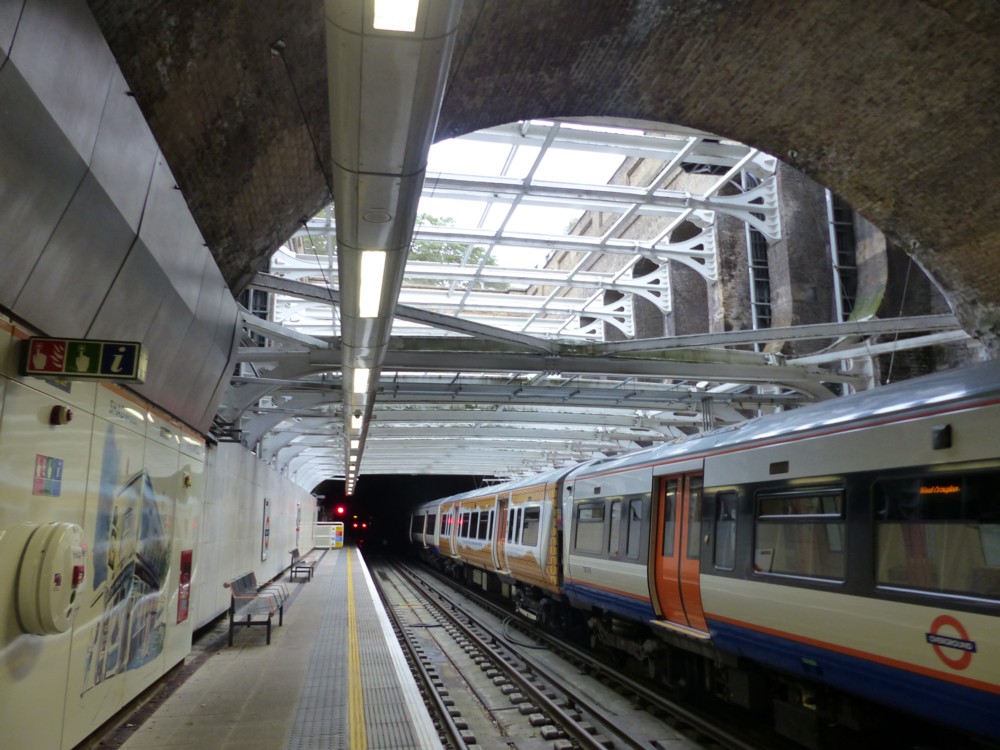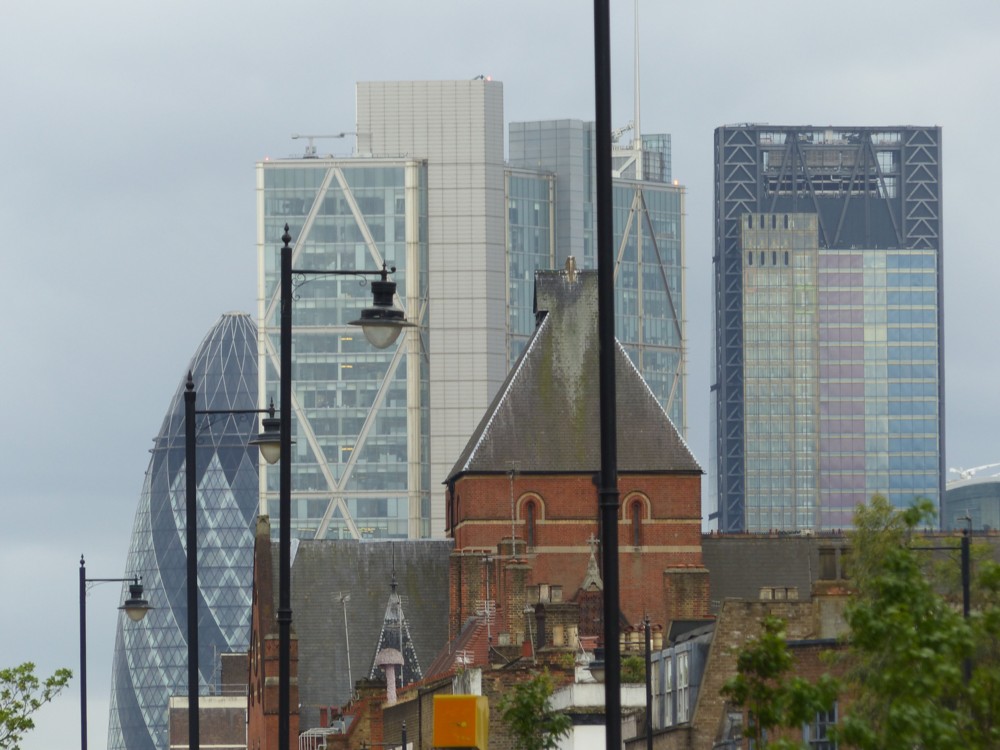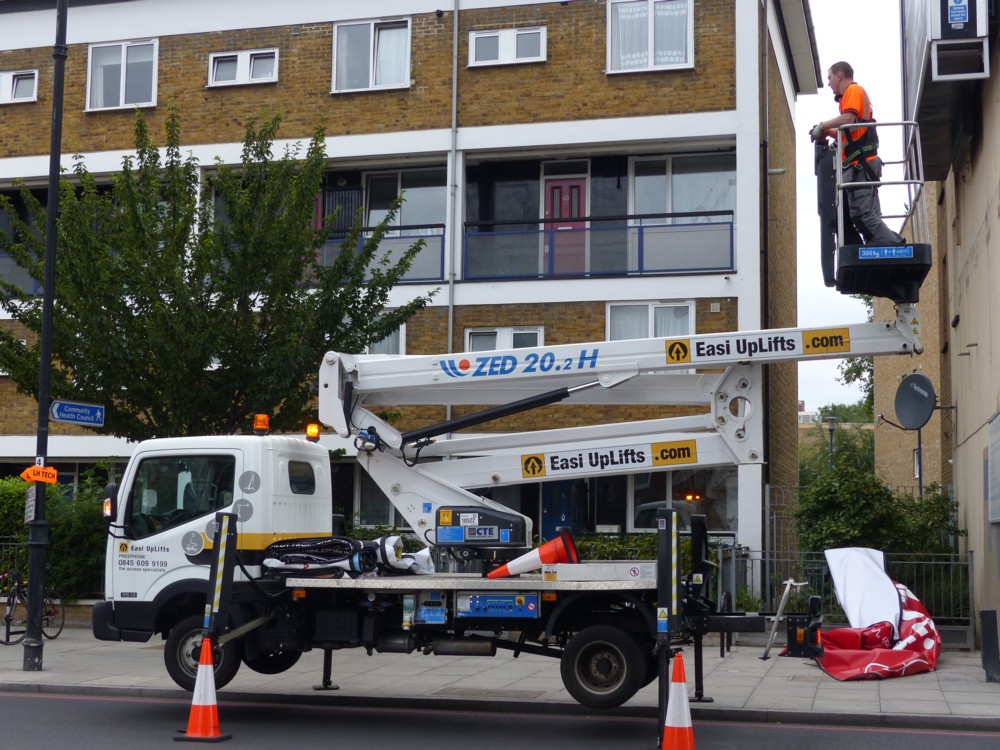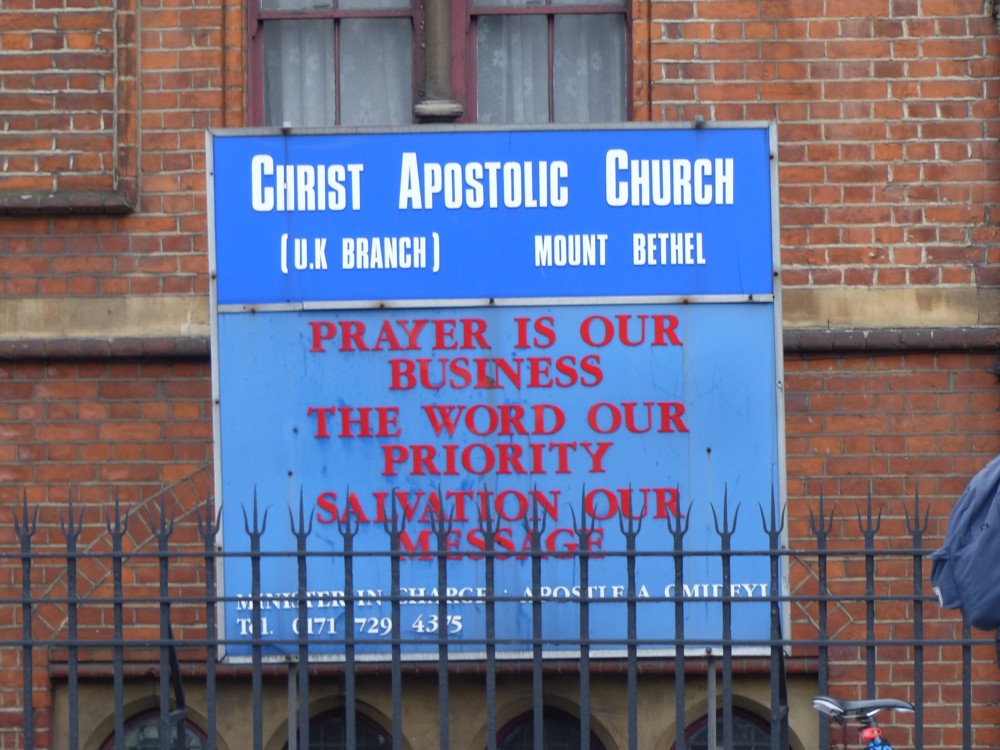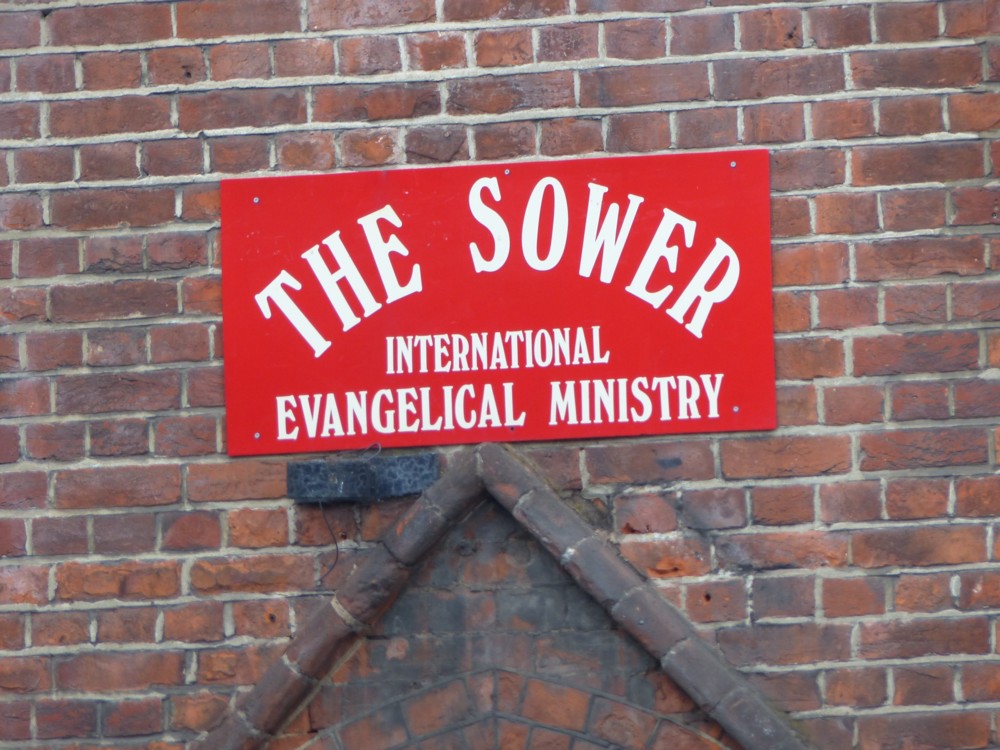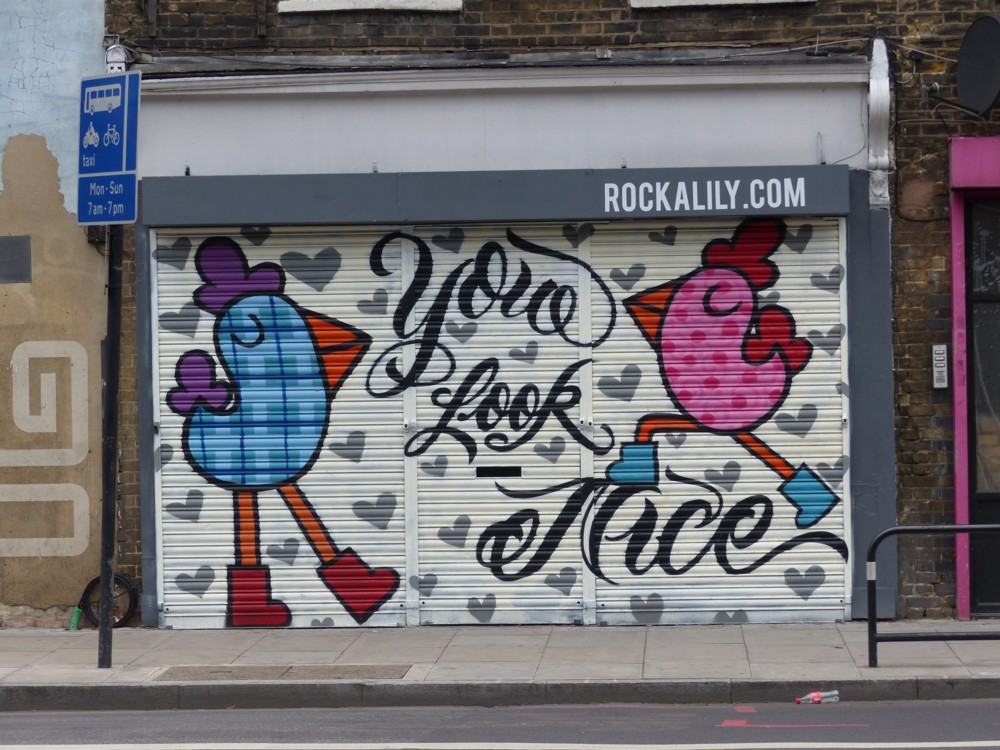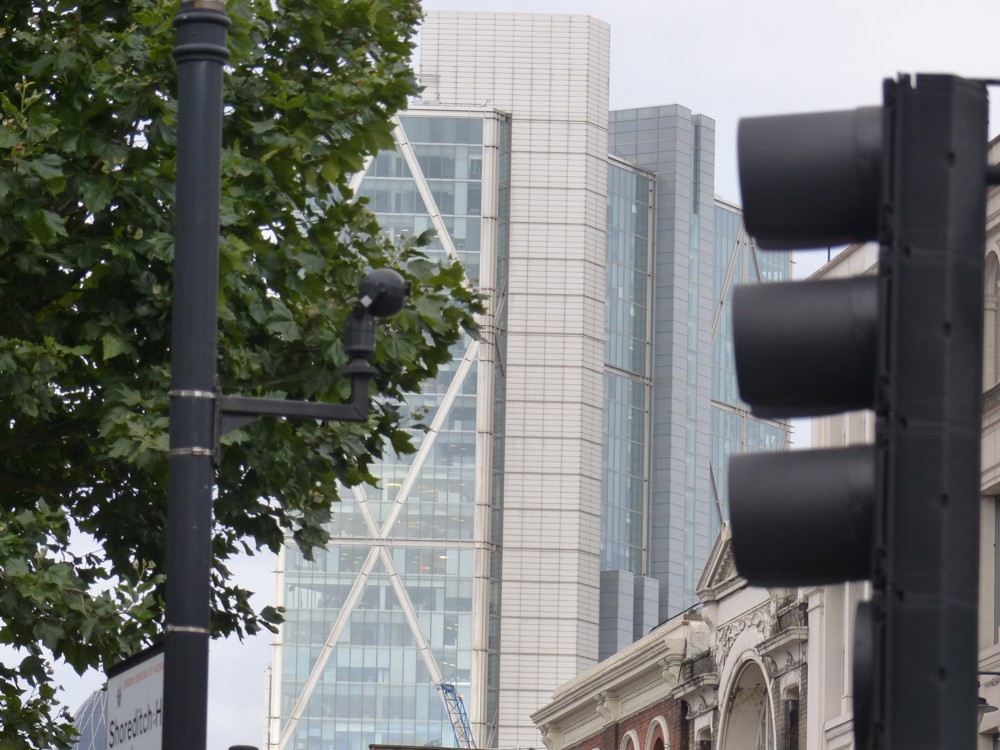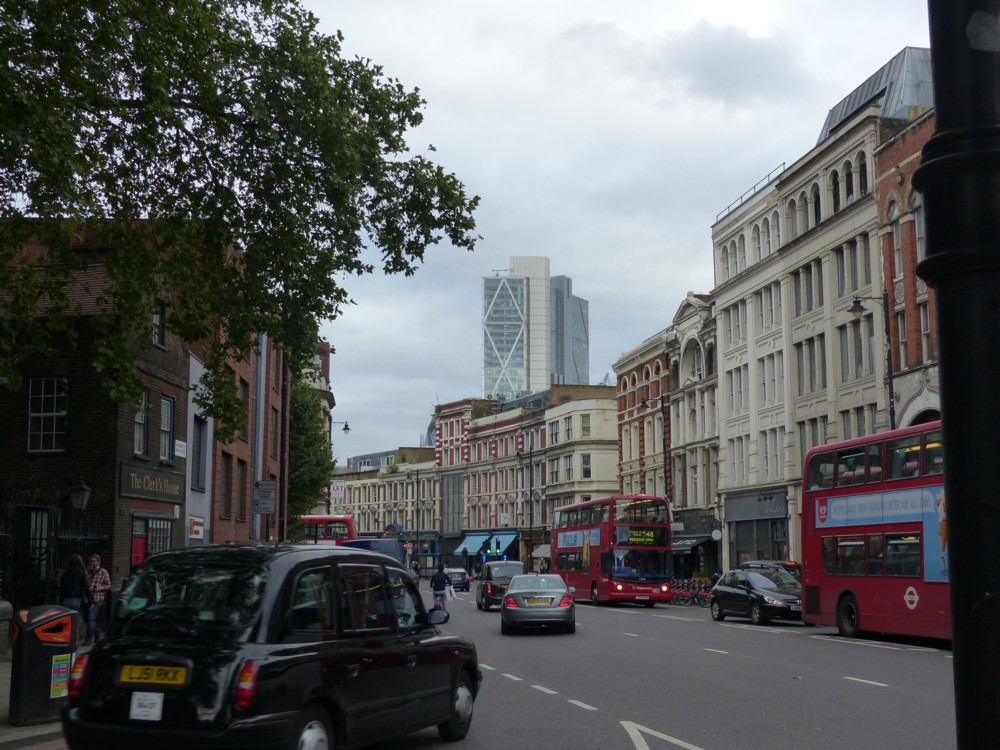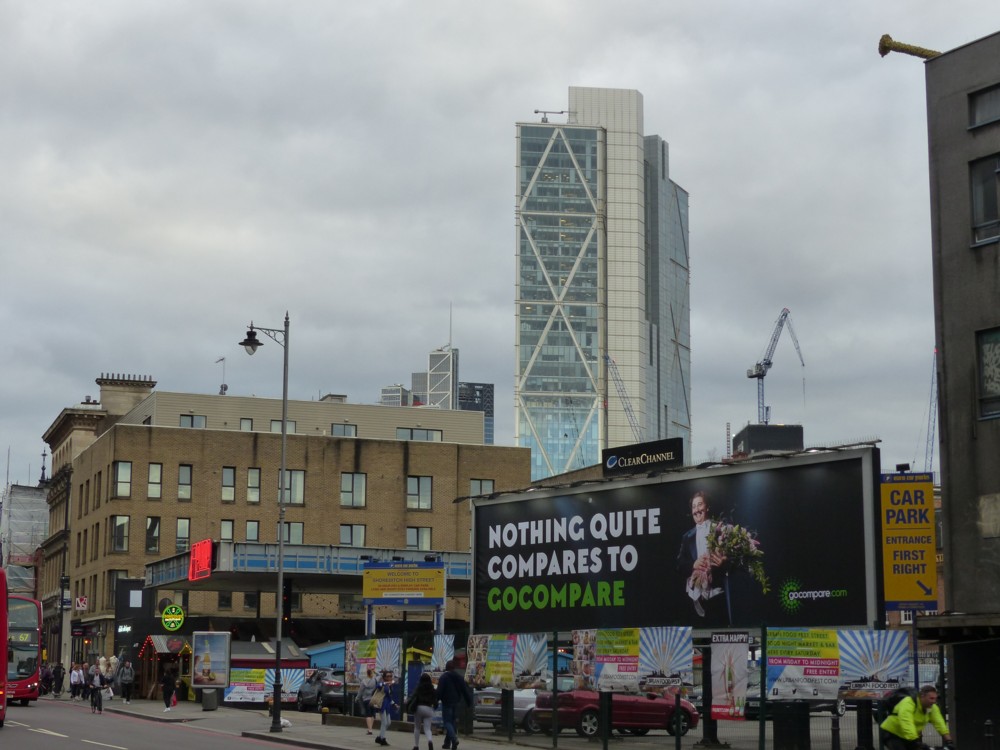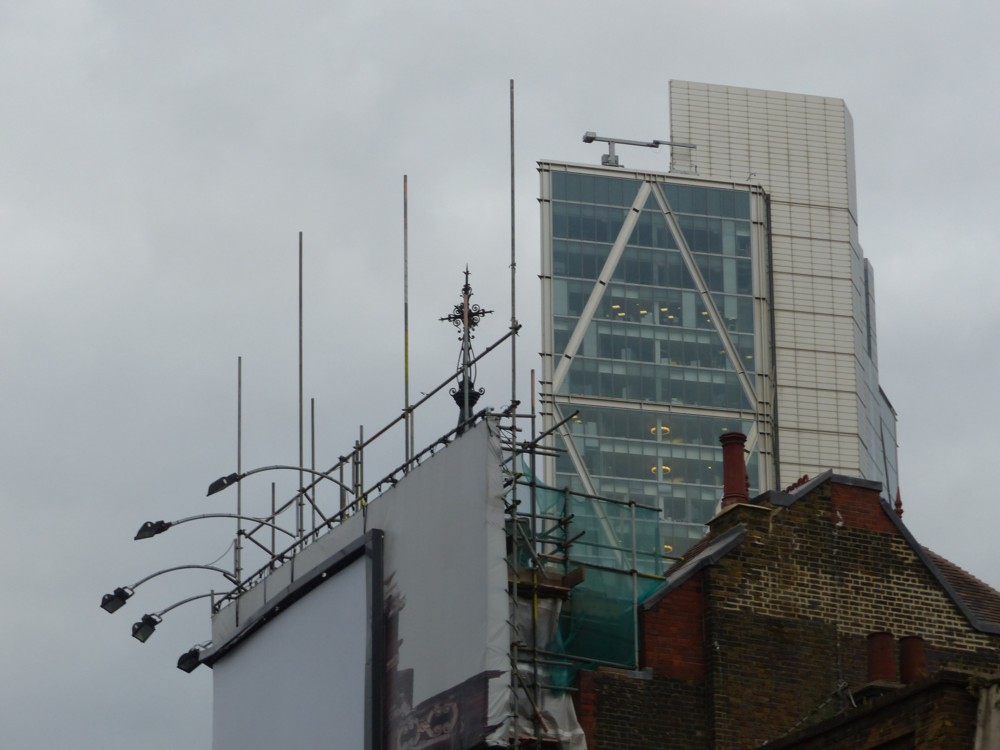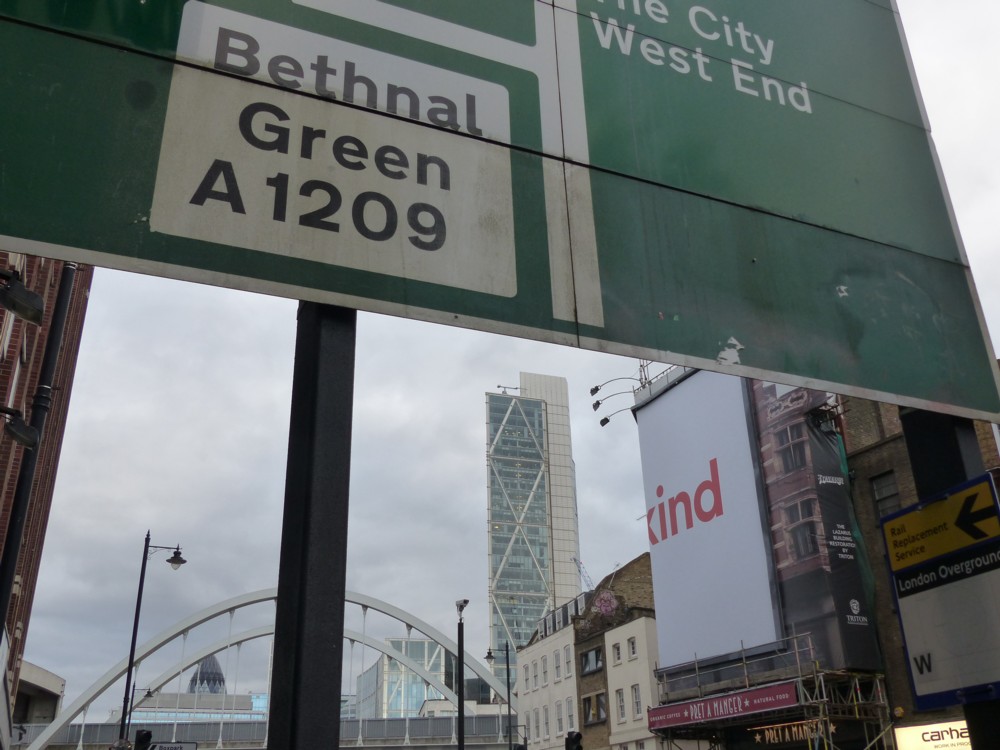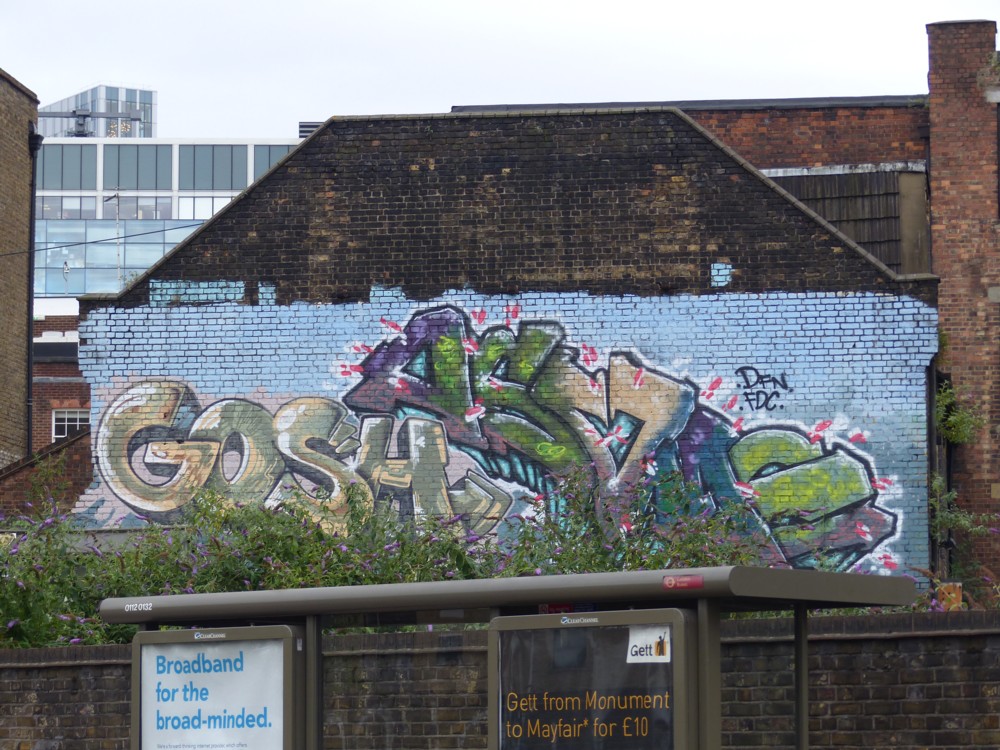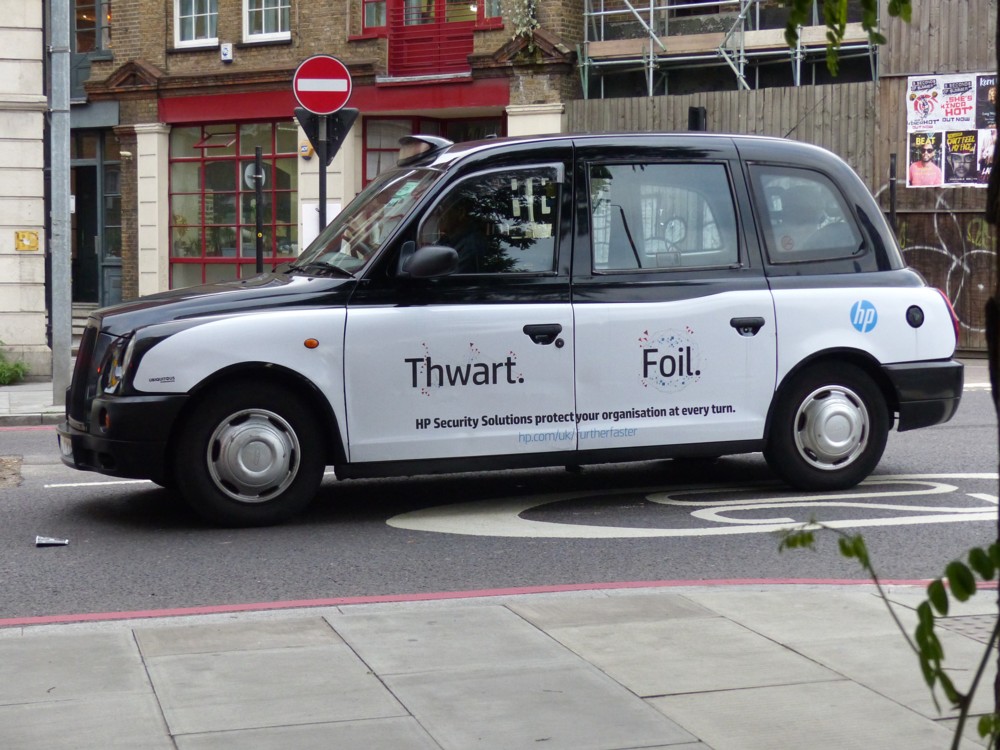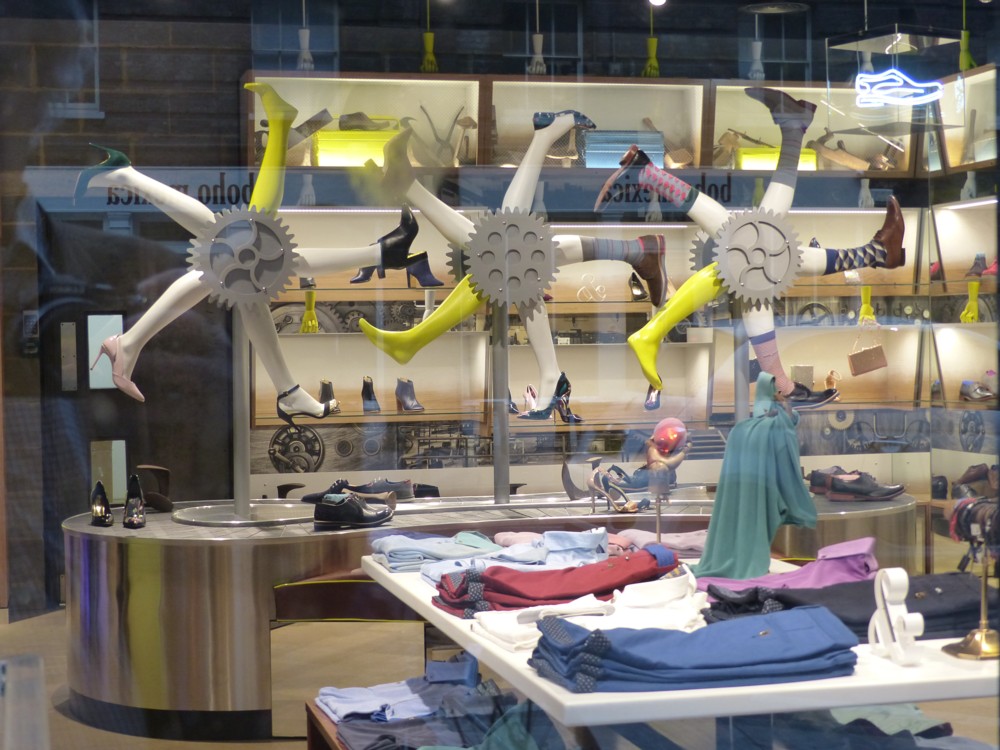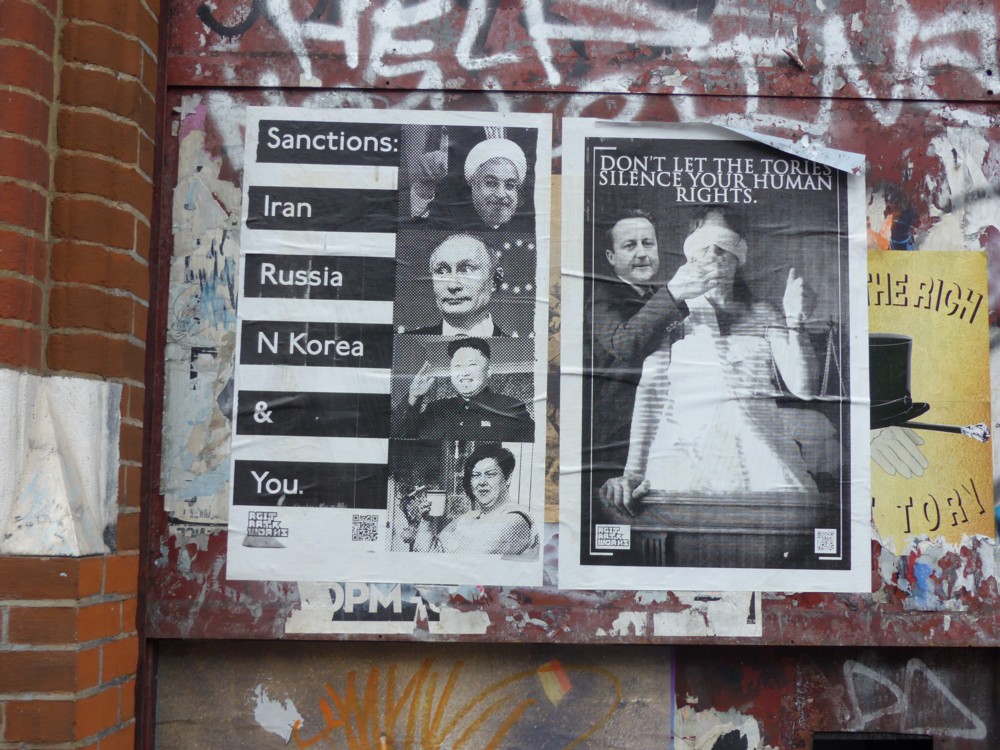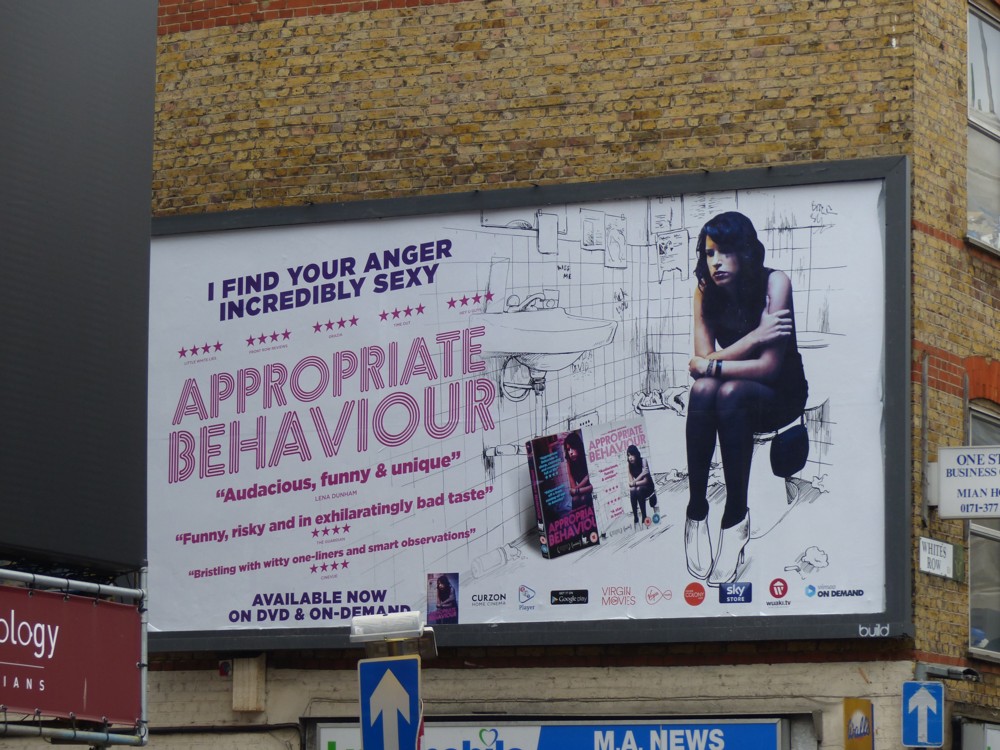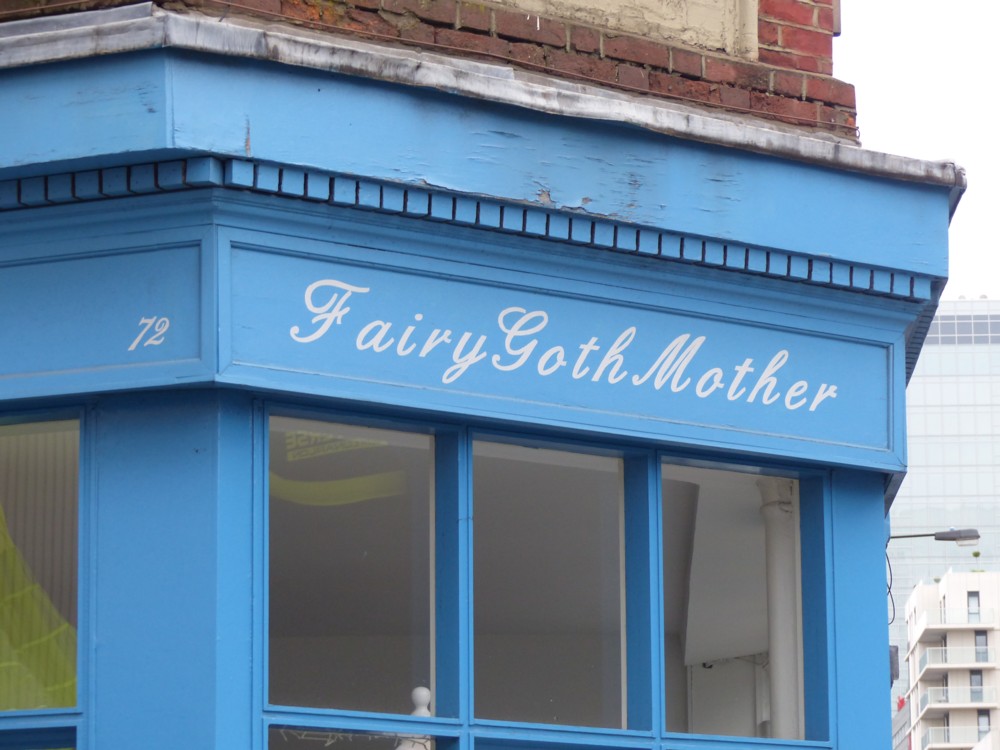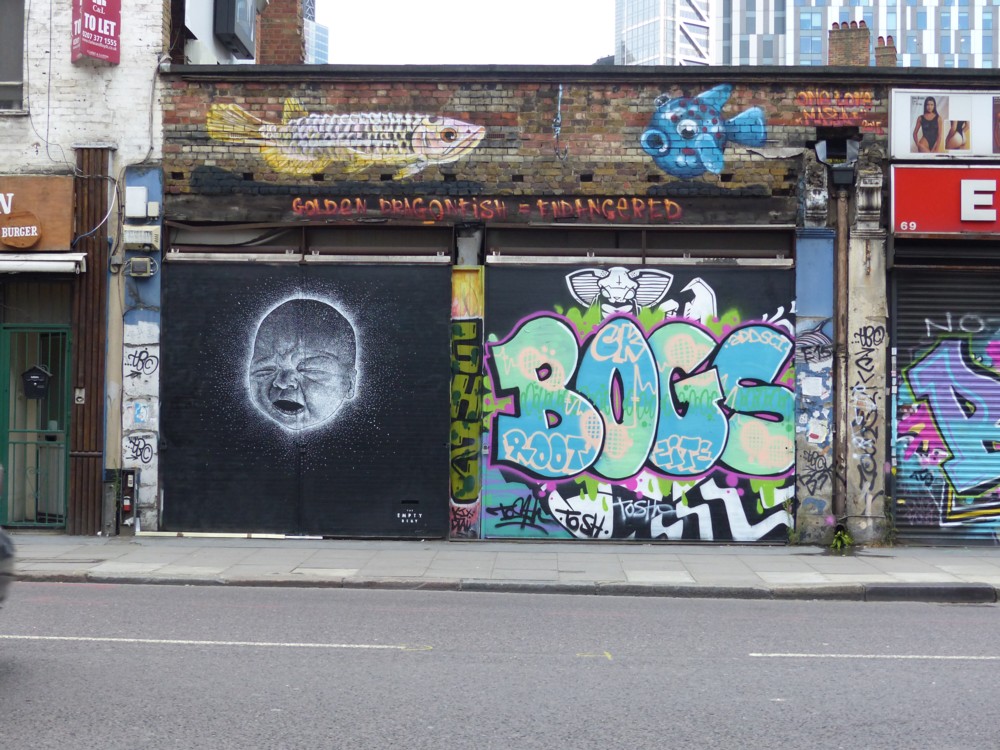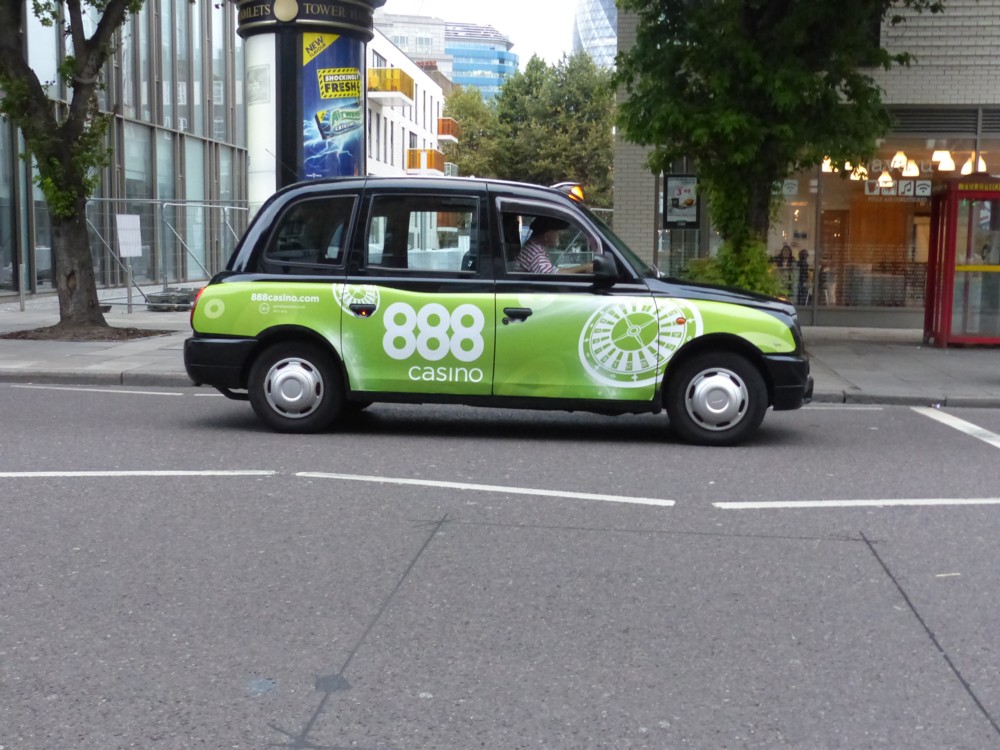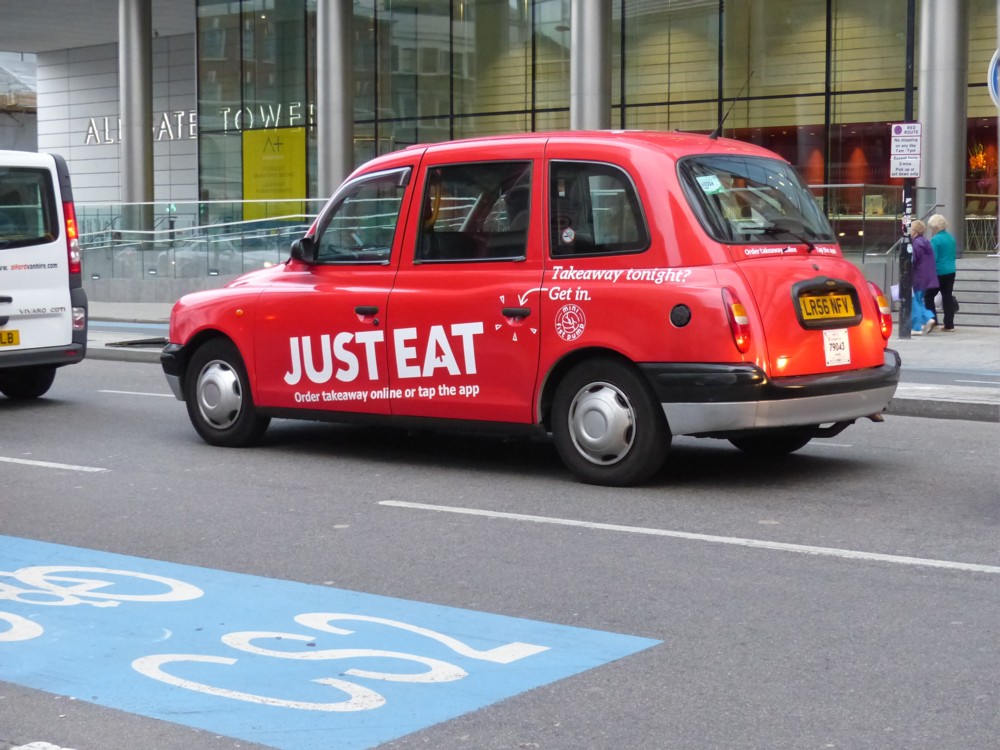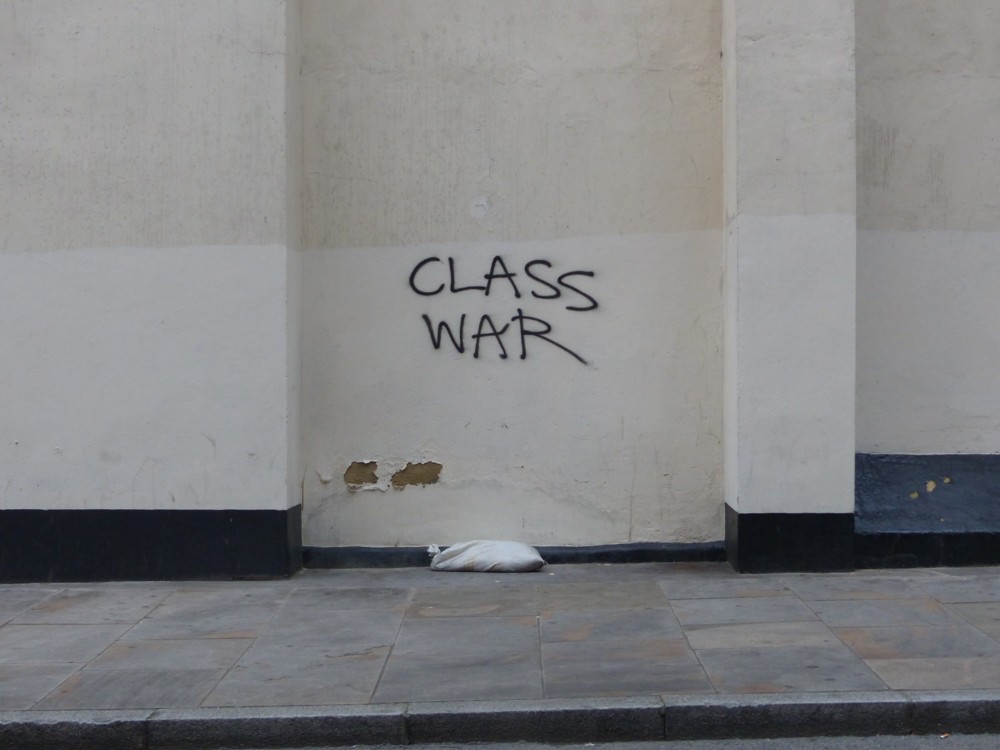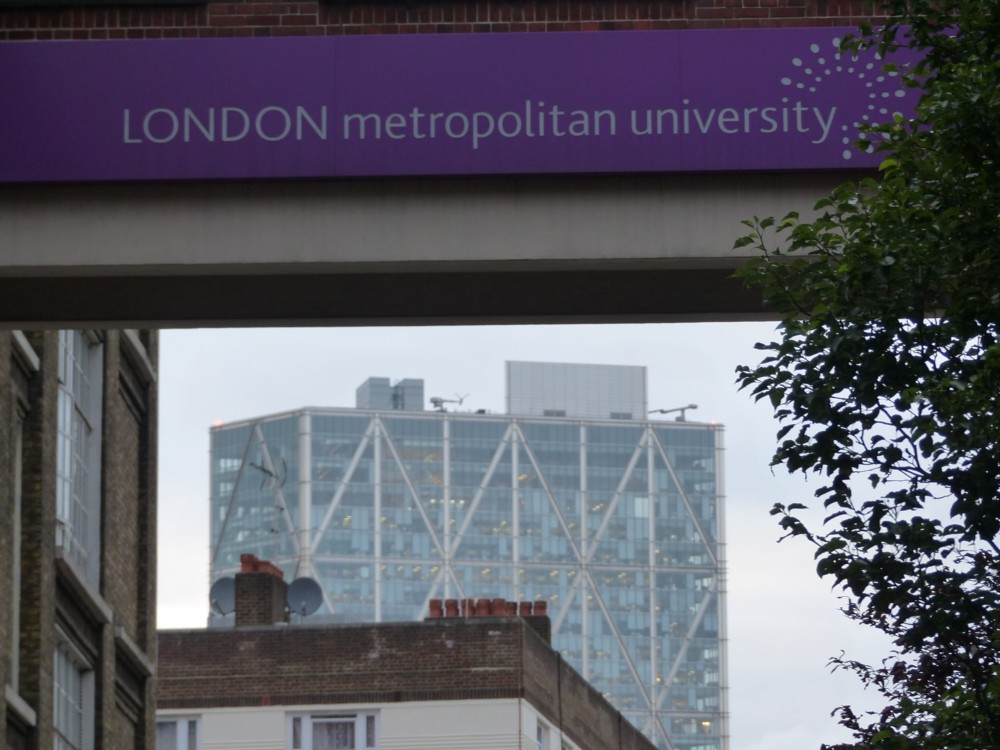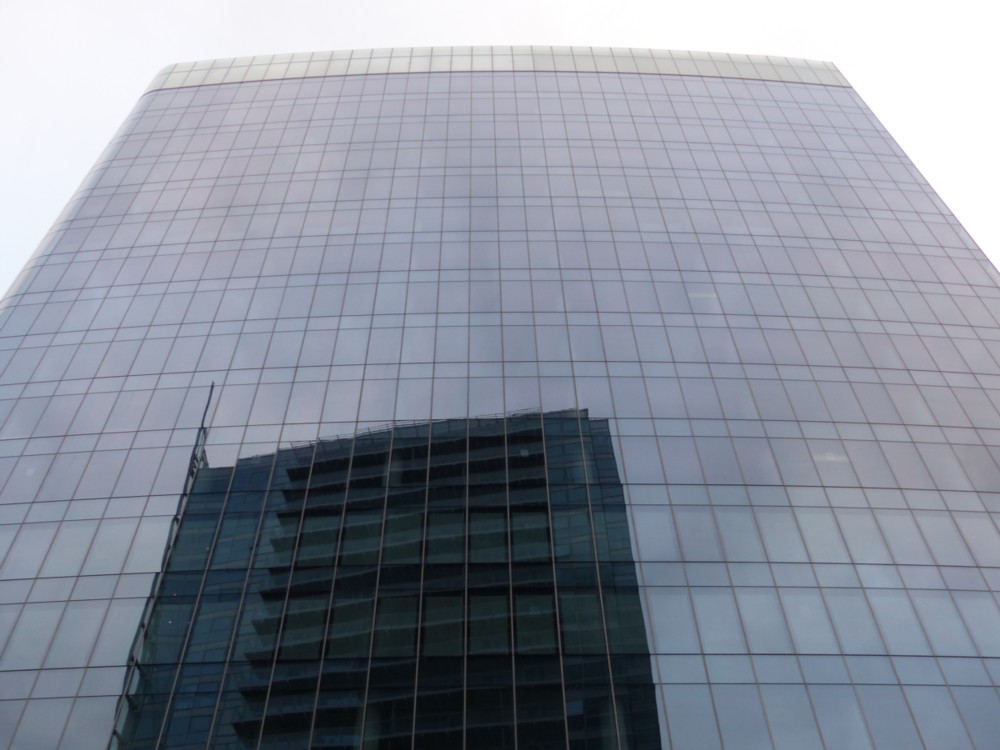Every so often, a combination of my ever more gargantuan classical CD collection, of my own shifting tastes in classical music, and of my particular life circumstances result in me experiencing musical binges, of various sorts over the years, during which I binge-listen to a particular category of music.
Sometimes a binge will focus on a single piece of music. At other times, as recently, it consists of constantly listening to a particular category of music.
When Lockdown began, at that now vanished time when I and millions of others were genuinely scared that our lives might be about to end prematurely, I found myself listening to, of all things, Haydn symphonies, again and again and again and again. I possess many CDs of Haydn symphonies. Here are about two thirds of them:
That’s a lot of Haydn symphonies, and there are about half as many again still on the shelves, which I also listened to. Plus I even bought another great box of them, because I already had one of the CDs in question and really liked it when I listened to it again.
Haydn is in many ways the “ideal type” of the Classical Music Composer. If you really like his orchestral music, then it can be said with confidence that you really like classical music. What makes me say this is that his music seems to me to posses an absolutely satisfaction with the musical means that were available for its making, and no feeling whatsoever that “art” means in some way feeling obliged to transcend these means, in the manner of someone breaking out of a prison or of dreaming of such a breakout. Put it like this. If Mozart or Beethoven had lived at a different and later time, when musical technology had expanded, you get the strong feeling that their music would have sounded very different and a lot more dramatic. With Haydn, I feel as if it would probably have sounded much as it sounds now.
This is especially true of his earlier symphonies, which I found myself preferring, during my binge. My habit was to assemble all the performances of Haydn symphonies by one conductor and ensemble, and then listen to them in chronological order. And I found that the later symphonies, to my ear, had a bombast and an assertiveness about them that I found, by comparison with the earlier ones, unappealing. Basically, the symphonies he wrote for his aristocratic bosses in Vienna and nearby places struck me as wonderful, utter perfection. But, the later symphonies that he wrote for bigger and less grand audiences, less old money and more new money, in places like Paris and London, London especially, felt to me like Haydn forcing himself to express feelings that his audiences felt more strongly than he did.
It may very well be that actually, Haydn felt horribly imprisoned when he wrote his earlier symphonies, and liberated when writing his later ones. But what I was hearing was a case of one kind of atmosphere, which I found perfectly (and I do mean perfectly) appealing, compared to another that was less congenial. Raucous brass instruments, and above all the percussion, started to interrupt the serene perfection of the earlier symphonies. Bang bang bang, wah wah wah. The later symphonies sounded to me, by comparison, to be bourgeois, in a bad way. Nouveau riche, rather than old riche. New money waving itself in the air, rather than old money simply taking its ease, without fuss or the need to assert itself too stridently. It was as if Haydn had moved from a world where he was in perfect command of his art, to one where he was stressing and straining after something that came less naturally to him.
The irony being that the official programmes of many of Haydn’s earlier symphonies are concerned with exactly such stressfulness and strain. There is even a famous group of earlier symphonies collectively know as the “sturm und drang” – storm and stress – symphonies. But these felt to me like serenely detached descriptions of such emotions, rather than any sort of effort to be engulfed by such feelings on behalf on an emotionally incontinent audience of upwardly mobile poseurs.
I suspect that finding myself being treated as a gentleman of leisure by Haydn, rather than as some sort of new man, a stresser and strainer after such things as “improvement” and “solutions” and “radical progress”, was exactly what I was finding so congenial. Lockdown demanded nothing of me. Literally, it demanded nothing. And, as the owner and operator of a CD player, I could pause the music at will with one touch of a button, which made me even more of an aristocrat than Haydn’s bosses were. How they would have loved to be able to push a button and pause their musicians in mid bar, while they, having been delayed by other business, sat themselves down and made themselves comfortable at the beginning of a musical performance, or while they needed to deal with a discreet interruption from an underling about something that needed a quick answer. And how the likes of Beethoven and Wagner, Wagner especially, would have been outraged by my pause button! My music, Wagner would have shouted, takes precedence over your little life! Shut up and listen, in darkness, and have your emotions aroused and sculpted by me, the Great Composer. I am not hear to amuse you with my art, you are hear to worship me and my Art.
Haydn, especially in his earlier Viennese, pre-bourgeois form, made no such demands upon me. And during the early, serious bit of Lockdown, he was, for me, the perfect musical companion.
If you have read this far, thank you. I hope you’ve already worked out that I am not asking you to agree with me about Haydn. Rather I ask you to think of whether you have had similar bursts of aesthetic enthusiasm, and to reflect on them, as I have on this recent one of mine.
The main thing about such episodes, I would say, is that they can’t be forced. You can’t decide to have one of these binges. They just happen.

